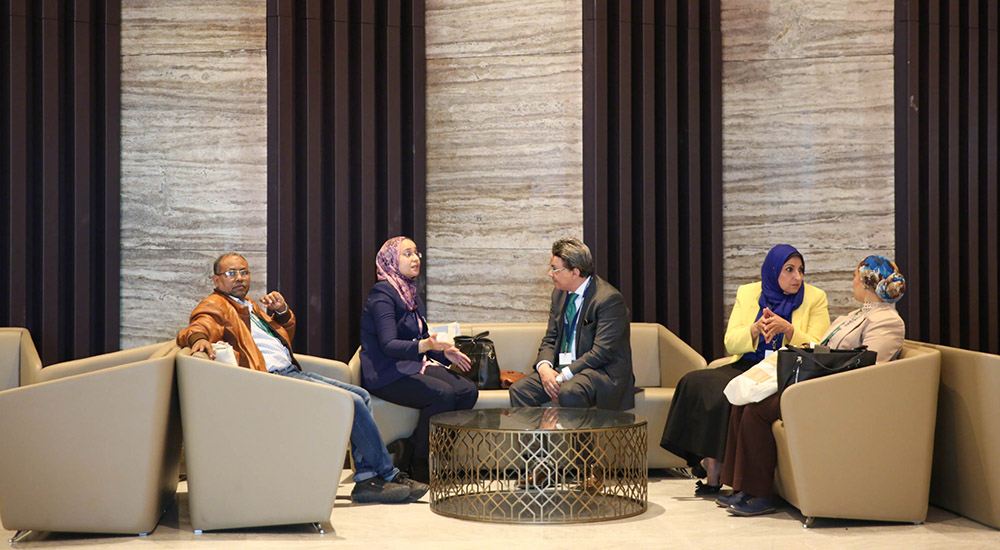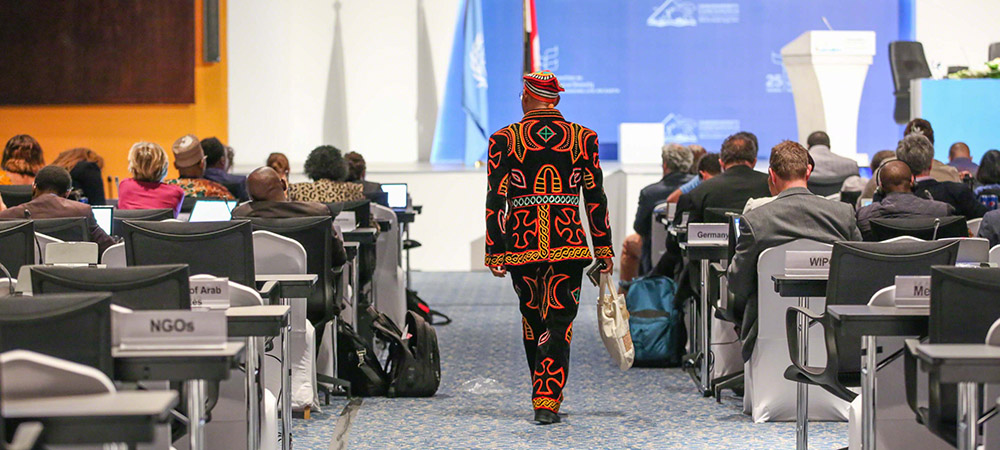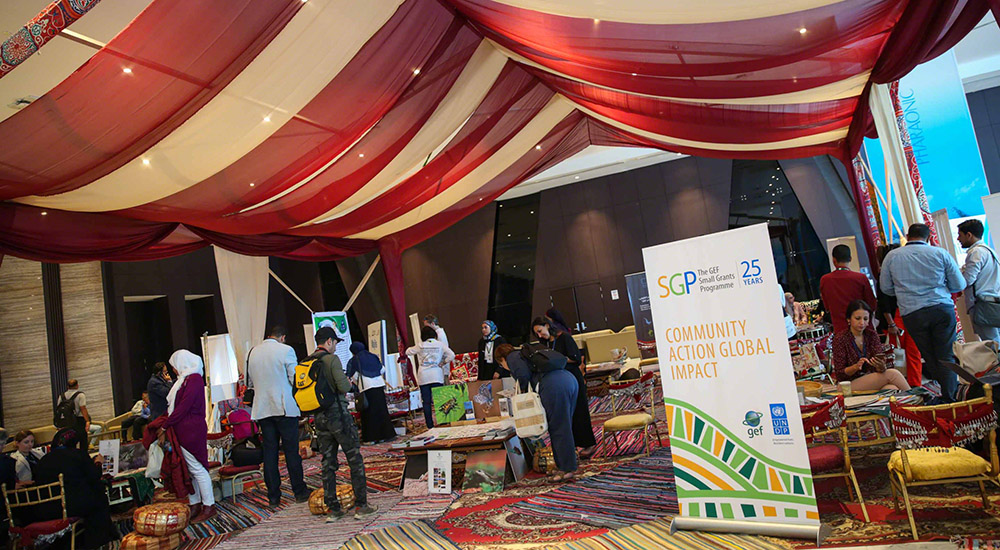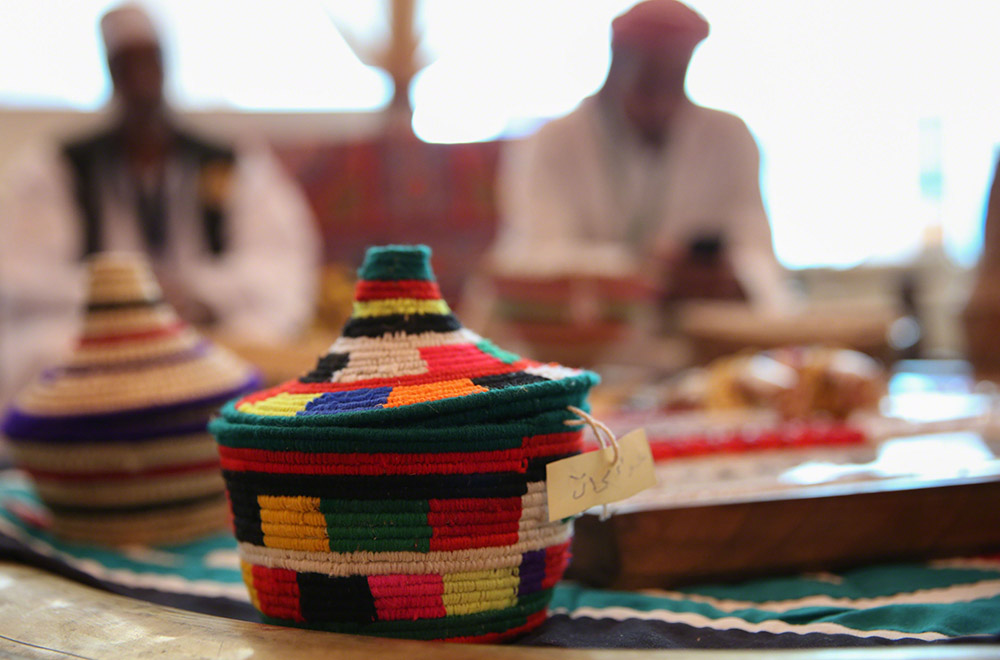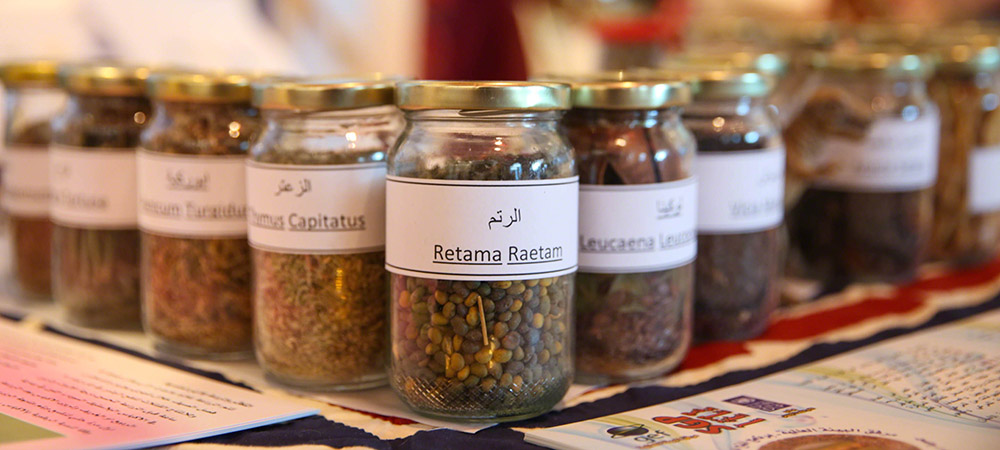Summary

The following events were covered by IISD Reporting Services on Sunday, 18 November 2018:
Photos by IISD/ENB | Kiara Worth/Mike Muzurakis
For photo reprint permissions, please follow instructions at our Attribution Regulations for Meeting Photo Usage Page
Capacity Development for Implementation of the Nagoya Protocol
Presented by the ABS Initiative, in collaboration with the CBD Secretariat
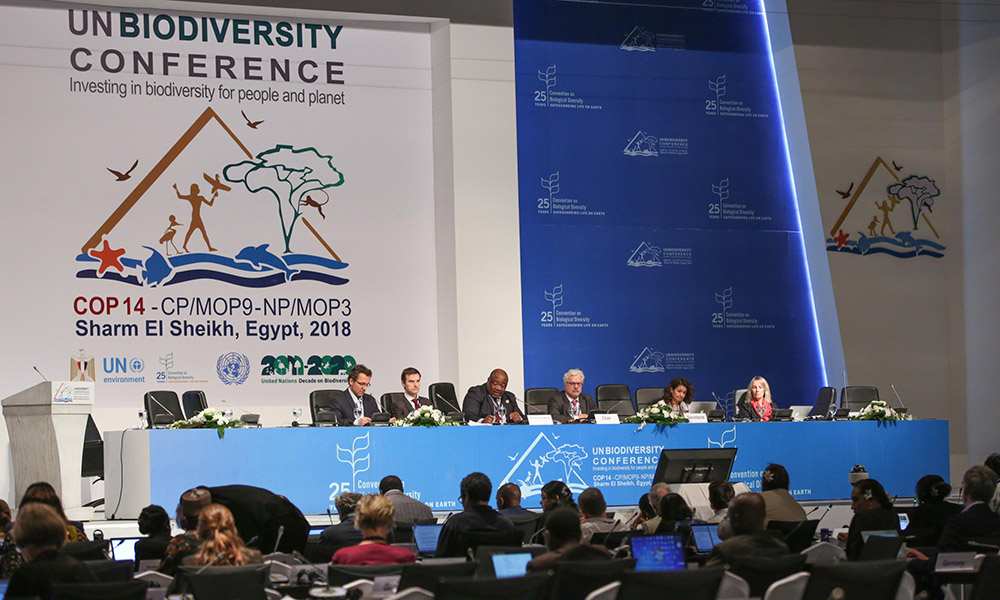
Tobias Dierks, Deutsche Gesellschaft für Internationale Zusammenarbeit GmbH (GIZ), moderated this side event, which explored implementation of the Nagoya Protocol and its related challenges.
Matthias Krause, Federal Ministry for Economic Cooperation and Development (BMZ), Germany, noted BMZ’s efforts in assisting countries in the ratification of national ABS legislation and in progressing towards ABS partnerships, as well as biodiversity-based value chains.
Mery Ciacci, Director-General of the Environment, European Commission, noted the need for a clear and common understanding of the Nagoya Protocol provisions, especially regarding checkpoints to monitor the use of genetic resources. Within the EU, she reported on member states’ progress on collectively developing sectoral guidance relating to research, noting that the implementation of ABS of the Nagoya Protocol is a “learning-by-doing” exercise.
Jean-Pierre Ndoutoum, Director, Institute of the Francophonie for Sustainable Development, noted several positive outcomes of cooperation on ABS, including related to raising awareness, conducting training courses with government representatives and local communities, and establishing and strengthening legal frameworks. He noted that implementation of the Nagoya Protocol is key to address poverty, including by improving property rights for genetic resources and building climate resilience.
Valérie Normand, CBD Secretariat, provided an overview of progress on implementation of the Nagoya Protocol, with ratification underway in 26 countries and 37 countries planning to ratify. On key findings of the assessment and review, she stressed: that implementation of the Nagoya Protocol remains at an early stage; general challenges include institutional coordination of relevant stakeholders, lack of human resources and awareness-raising; and that further work is needed to ensure compliance with domestic legislation and on obligations related to Indigenous Peoples and Local Communities. On reported impacts and benefits of implementation, she stressed increased: involvement of communities in conservation and sustainable use of genetic resources; and requests for information on access and user compliance.
Andreas Drews, Manager, ABS Initiative, described a sub-project on ABS-compliant biotrade in Southern Africa, which enables access by small and medium-sized enterprises to new global markets for biotrade products based on national and transboundary value chains. On challenges of ABS, he stressed that custom-fit support is key for effective ABS implementation, suggesting that no “one-size fits all” formula exists. He also identified a lack of support schemes for applied research and development and substantial gaps in monitoring, compliance, and checkpoints in the utilization of genetic resources.
During the ensuing panel discussion, Aurélie Taylor Dingom, ABS-Focal Point, Cameroon, introduced Cameroon’s policy options for an ABS system fostering sustainable development. She stated that Cameroon has developed and validated a national law on the Nagoya Protocol, with this process supported by the UN Development Programme-Global Environment Facility (UNDP-GEF) ABS Project. She expanded on the legal and administrative background of ABS in Cameroon explaining that significant measures have been put in place since the adoption of the Nagoya Protocol, including the designation of an ABS Focal Point. She also mentioned the existence of a national strategy and action plan on how to get the private sector interested in the ABS process and the signing of mutually agreed terms for research regarding a genetic resource called Mondia whitei.
Henry Michael Ndengejeho, Ministry of Environment and Tourism, Namibia, stated that his country stressed the importance of the current ABS legislation going hand-in-hand with Namibia’s constitution to benefit communities, with a special focus on the inclusion of women. In response to a question about the development of regulations to operationalize the law in Namibia, he confirmed that it is a slow process, which includes the need to harmonize issues of permitting because of the involvement of different ministries.
In response to a question about South Africa’s current status on the implementation of ABS, Khorommbi Matibe, Chief Director, Department of Environmental Affairs, South Africa, emphasized that, as early as 2004, South Africa enacted legislation responding to the Nagoya Protocol to address issues on ABS. He underlined the importance of looking into uses of legislation, on the one hand, and capacity building for the people on the other. He concluded saying that South Africa's National Biodiversity Economy Strategy is designed to take biodiversity on a new growth trajectory with three main focus points: economic growth, transformation, and sustainability.
Michel Mane, CEO, Mane Americas and Mane Foundation, presented experiences of sourcing of biological material in Africa and mentioned a case study discussed during COP 13 regarding the private sector making value chains ABS compliant.
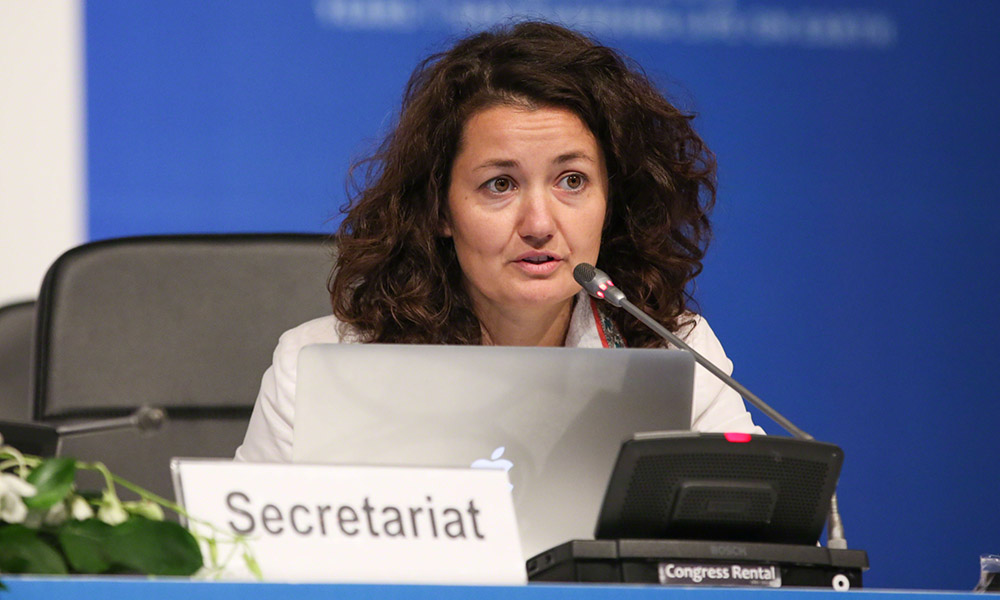
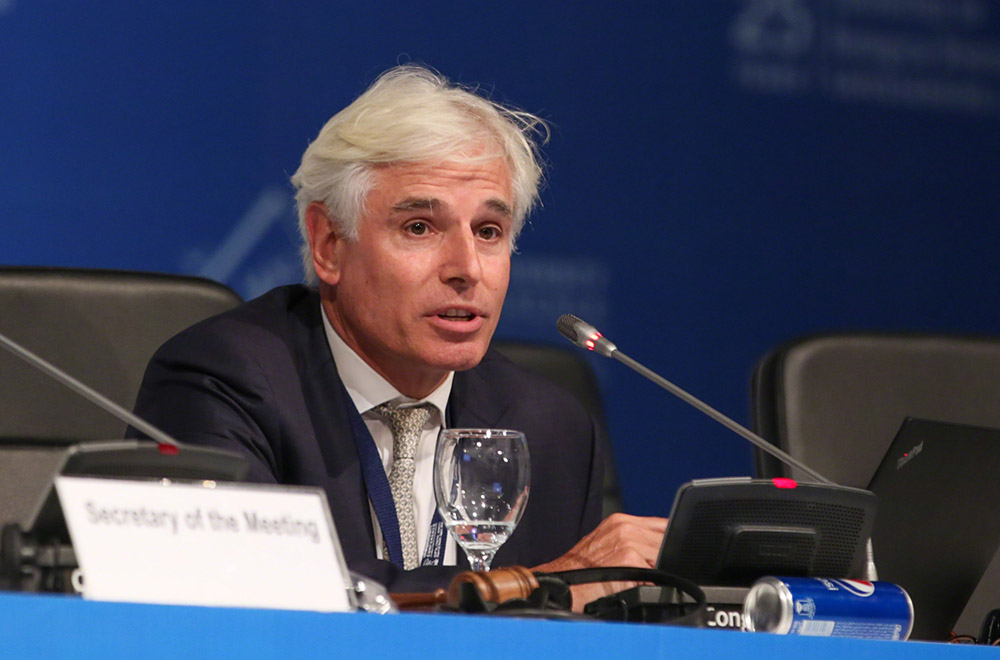
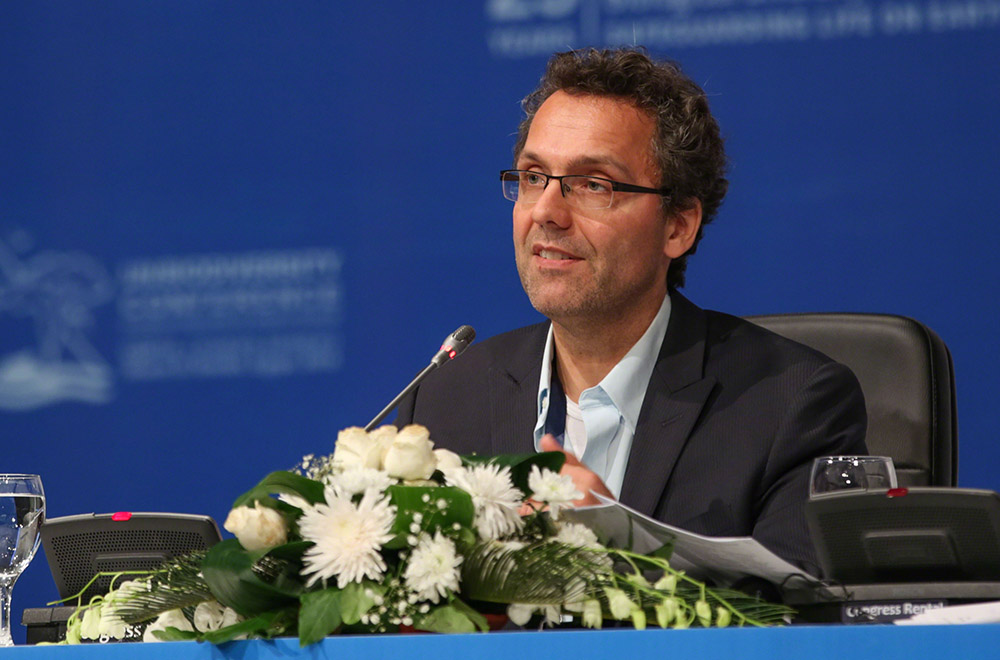
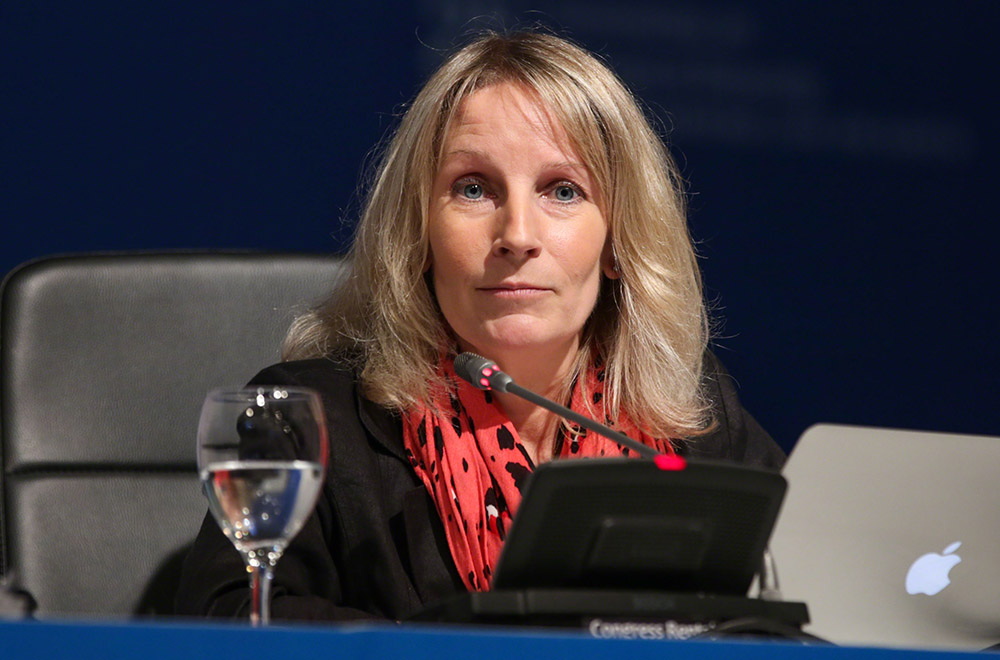
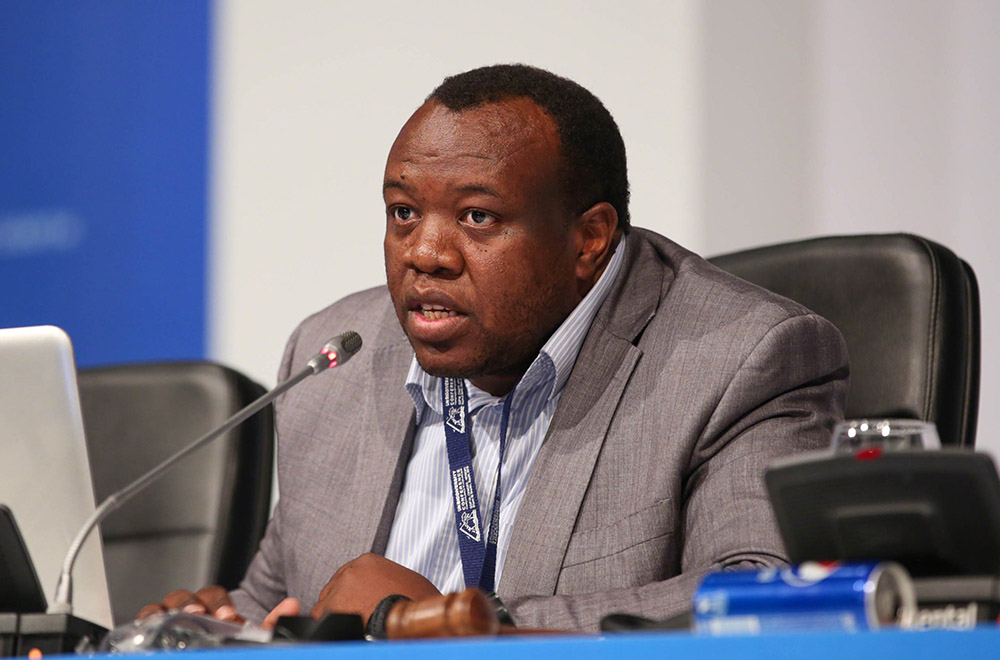
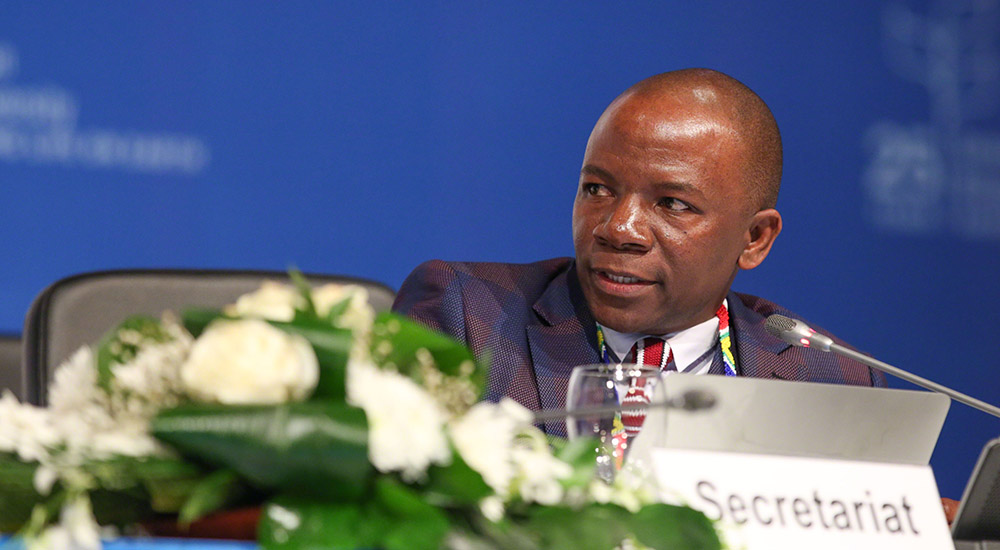
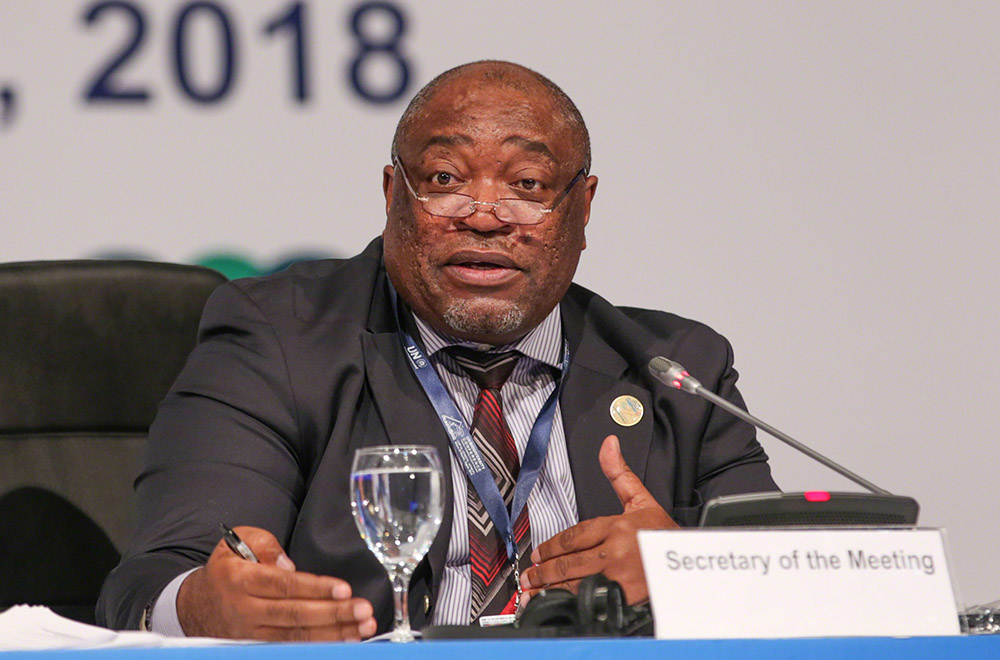
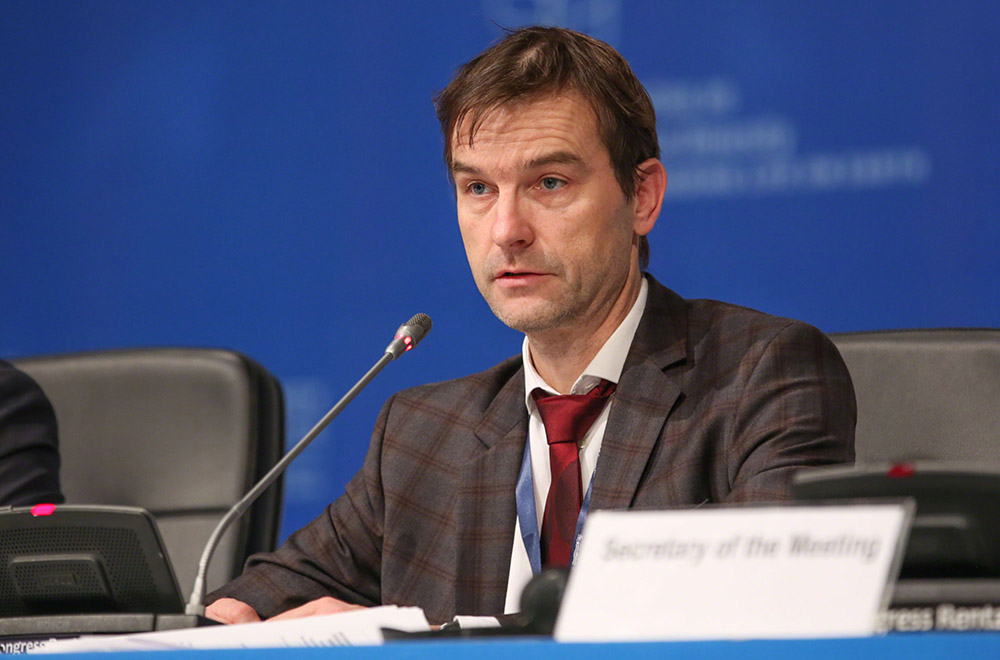
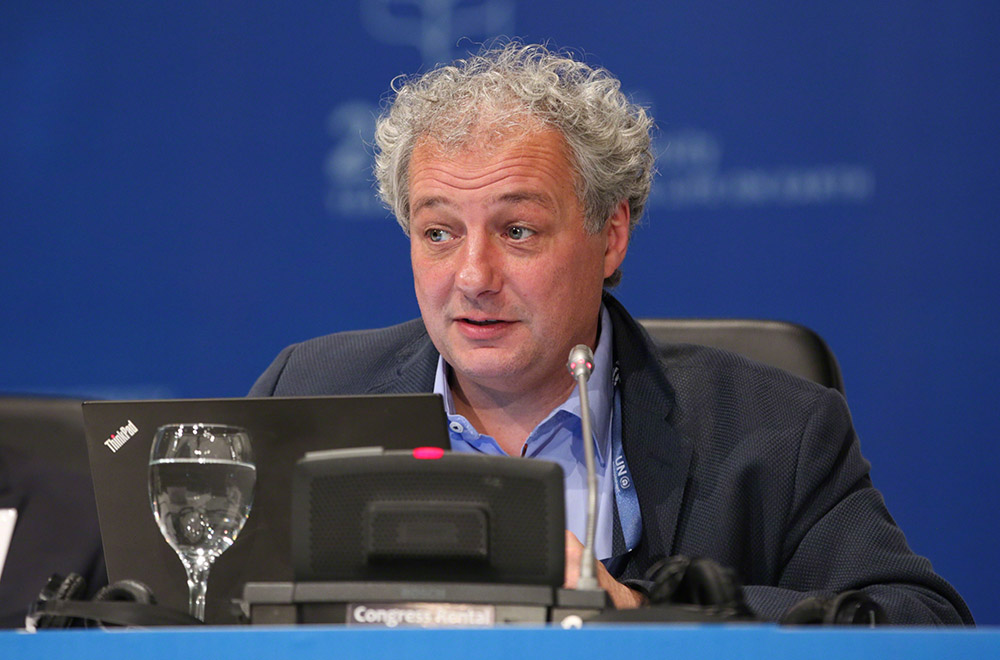
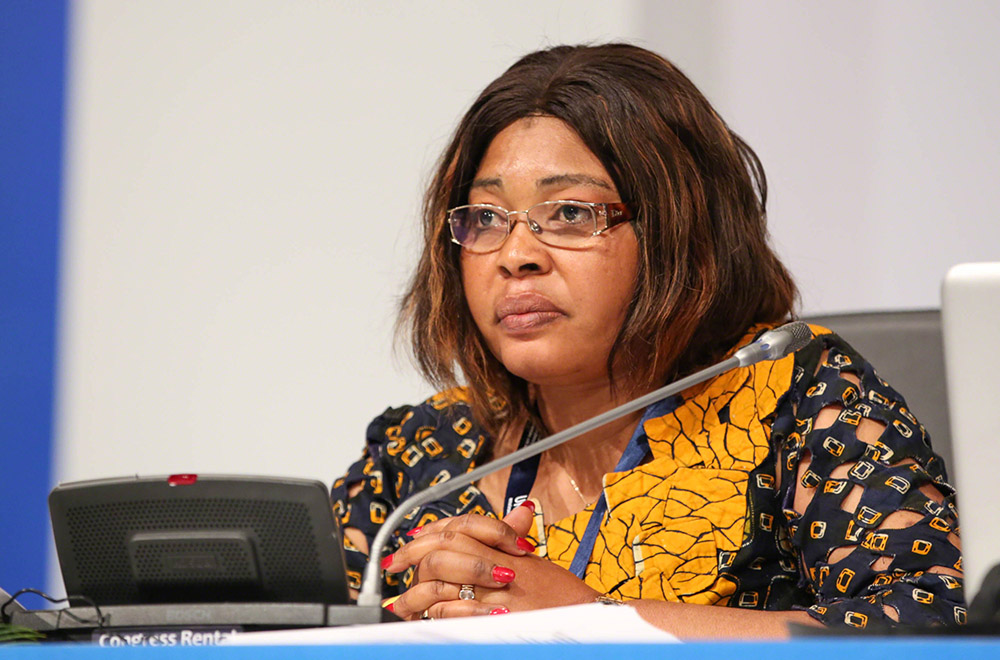
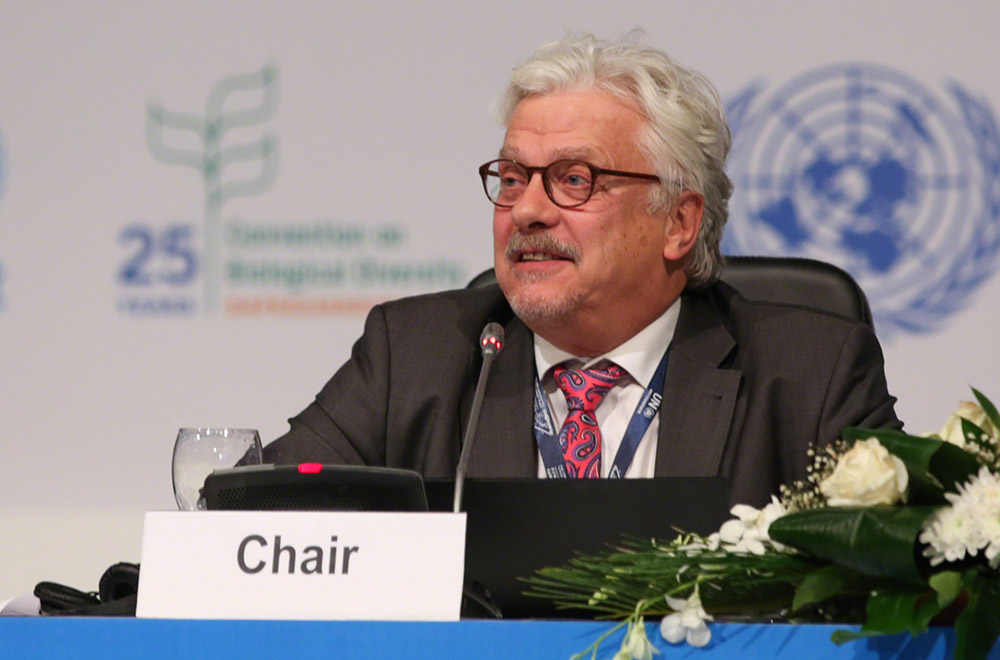

Experiences to Date with the CBD Voluntary Peer Review (VPR) for NBSAPs
Presented by the CBD Secretariat
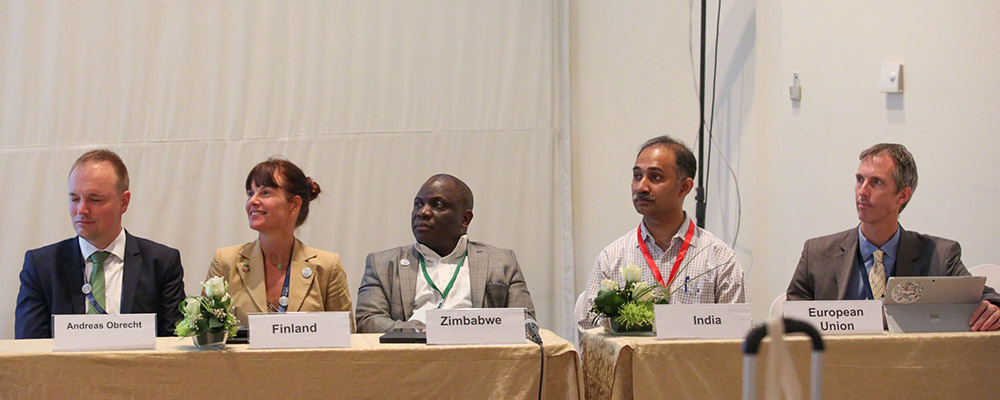
This side event was organized to provide an overview of the VPR mechanism for National Biodiversity Strategic Action Plan (NBSAP) revision and implementation, which is now in its pilot phase. The event highlighted the usefulness of the VPR methodology in developing and updating NBSAPs to improve implementation, including through biodiversity mainstreaming. The event also highlighted the experiences and lessons learned by countries that have undergone a review, including Sri Lanka, India and Montenegro. Experiences of reviewers involved in these VPR processes were also shared.
Nicolaas Van Der Werf, CBD Secretariat, moderated the event, thanking Norway, Switzerland and Japan for funds and resources for further development of the VPR process. In opening remarks, Marie Haraldstad, Ministry of Climate and Environment, Norway, remarked that the VPR pilot phase has shown potential to become an important part of evaluating progress in NBSAP implementation. Martin Krebs, Switzerland, said seeing how the process reveals countries’ on-the-ground experiences with NBSAPs is encouraging.
Van der Werf highlighted CBD COP 9 and 11 decisions, requesting facilitation for review processes for implementation of NBSAPs. He reported on the CBD COP 13 decision, requesting further development and testing of the review methodology, citing the selection of Ethiopia and India as test countries. He underscored that the aim of the VPR process is to help parties improve their individual and collective capacities to more effectively implement the Convention. The specific objectives he highlighted included: assessing the development and implementation of NBSAPs; providing opportunities for peer learning among parties; and creating greater transparency and accountability for NBSAP development and implementation to the public and other parties.
The methodology, Van Der Werf said, began once a party has volunteered for review, followed by: the party providing nominees for the selection of reviewers; a desktop study by reviewers; and an in-country visit for verification of findings. The report, he said, is prepared in consultation with the party under review.
R.H.M.P. Abeykoon, Biodiversity for Food and Nutrition, Sri Lanka, explained that the VPR exercise for Sri Lanka’s NBSAP 2016-2022, which was carried out by a multidisciplinary team, presented a wide range of expertise for the review process. She underscored that the in-country visit also provided opportunities for experience sharing on NBSAP implementation with stakeholders.
Anne Theo Seinen, European Commission, presented the Montenegro VPR experience, saying that the country is a hotspot for biodiversity with several endemic species, which supports a vibrant tourism sector. He shared recommendations from the review, including the need for increased awareness on biodiversity conservation and to step up biodiversity protection legislation, particularly to address illegal logging and poaching. He reported a low level of local ownership of the country's NBSAP and the lack of prioritization of actions.
T. Rabikumar, National Biodiversity Authority, India, said the review of India’s NBSAP revealed the thoroughness of the desk study, and enabled stakeholders to gain a better understanding of the strategy. He added that the process enabled sharing of best practices from other parties.
During the panel discussions, reviewers involved in the VPR pilot phase shared their experiences, constraints and benefits of the review, and remarked on whether review exercises had met VPR objectives.
Marina von Weissenberg, Ministry of the Environment, Finland, said her experience with both the Sri Lanka and Montenegro review processes enabled the identification of strengths and gaps of the respective NBSAPs, from a developing versus developed country perspective. She noted the importance of partnerships between focal points for biodiversity-related conventions to strengthen NBSAP implementation, citing close links with the climate change process in the case of Sri Lanka.
Jonathan Mufandaedza, National Biotechnology Authority, Zimbabwe, emphasized the importance of ownership of the NBSAP review by parties. He added that the review of Sri Lanka’s NBSAP revealed implementation constraints that could be helpful to other countries.
Andreas Obrecht, UN Environment, said the reports from the pilot phase of the VPR are useful not only for outreach of the review process, but also for improving future NBSAP drafts.
On the role of VPRs in relation to the post-2020 biodiversity agenda, Seinen said the review process would help refine the objectives of the Post-2020 Biodiversity Framework. Rabikumar said parties that have undergone the review process would be able to revise their NBSAPs according to incoming recommendations. Obrecht added that the review recommendations can better enable guidance for strengthening the VPR process.

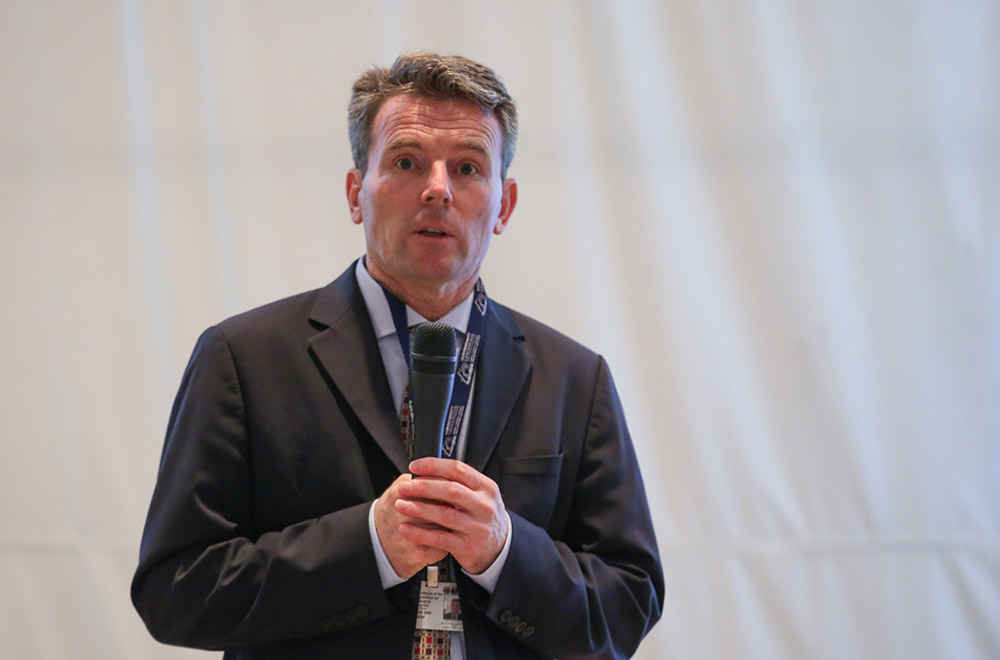
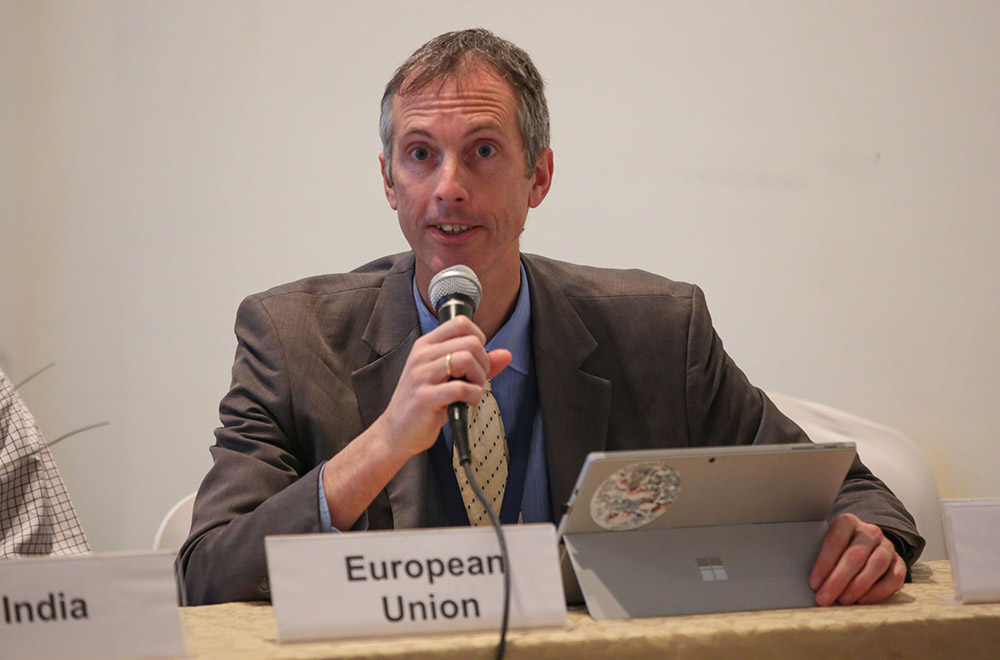
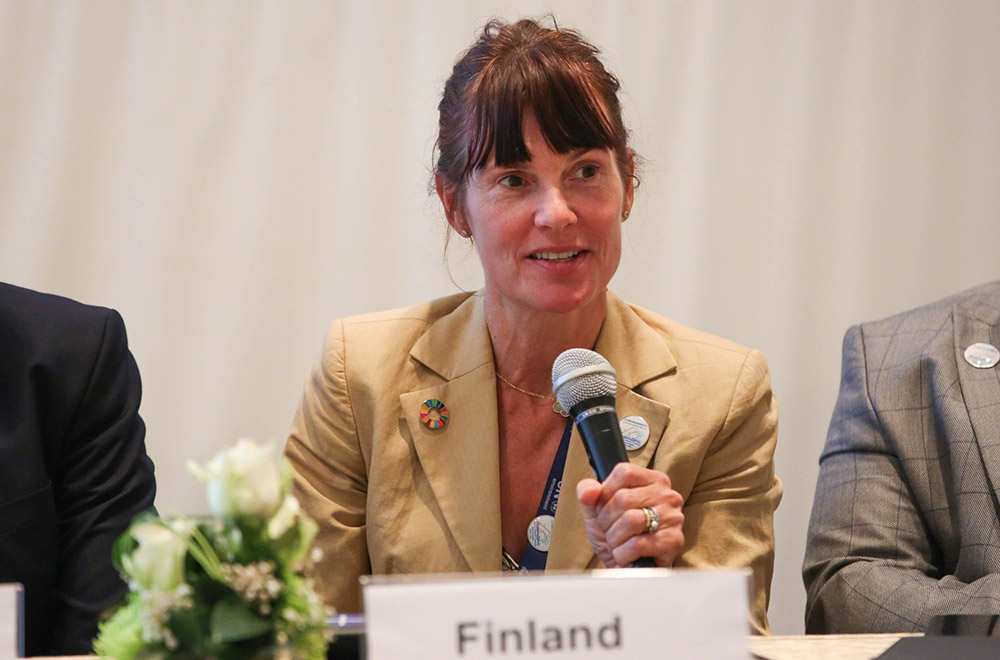
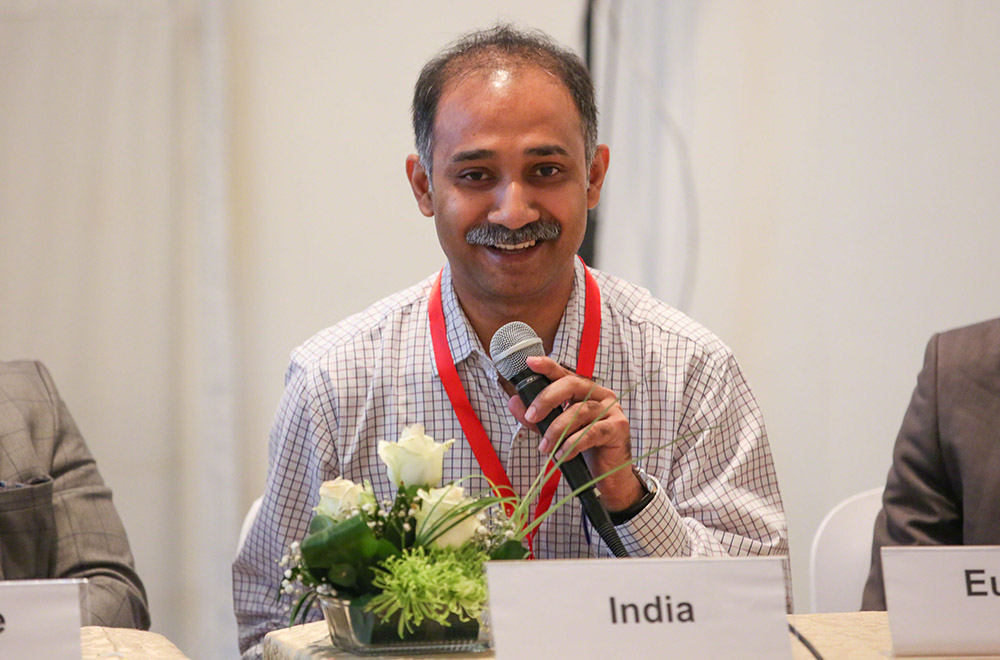
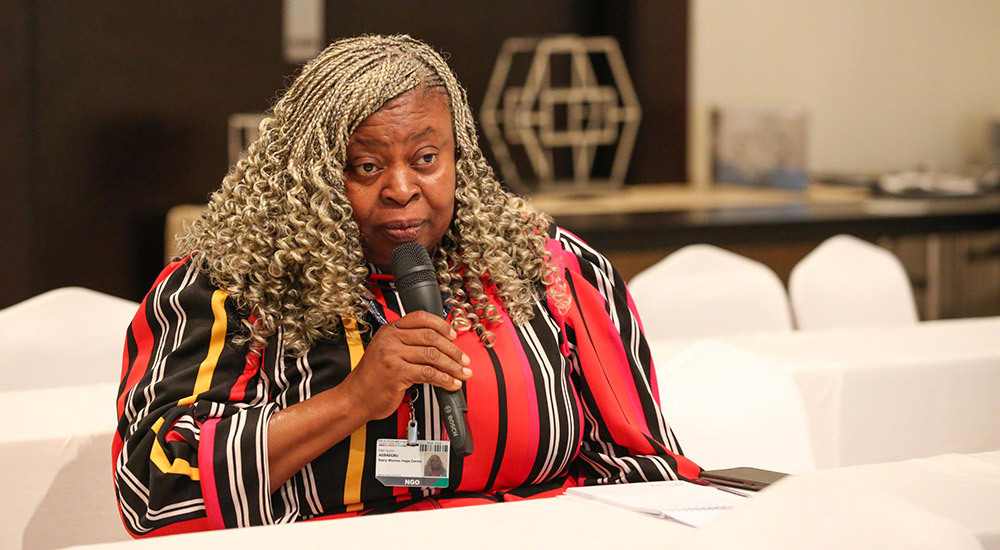
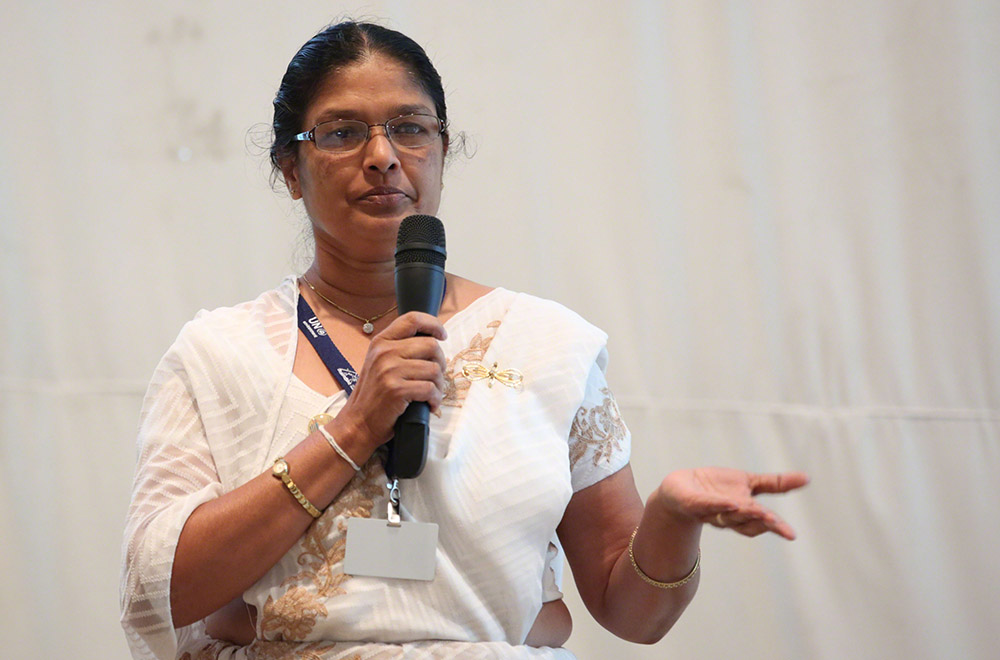
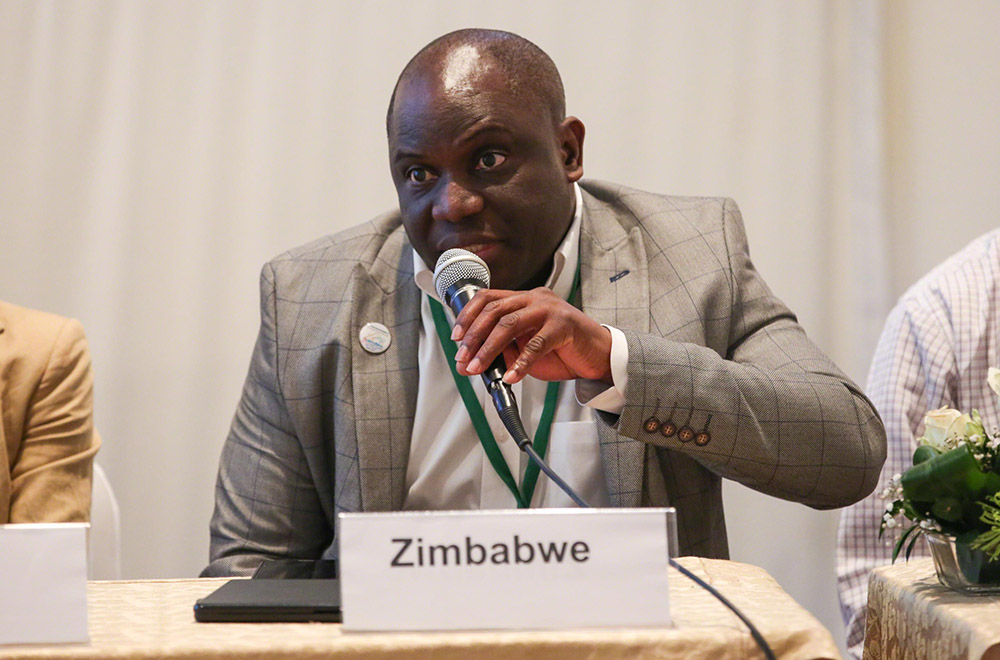
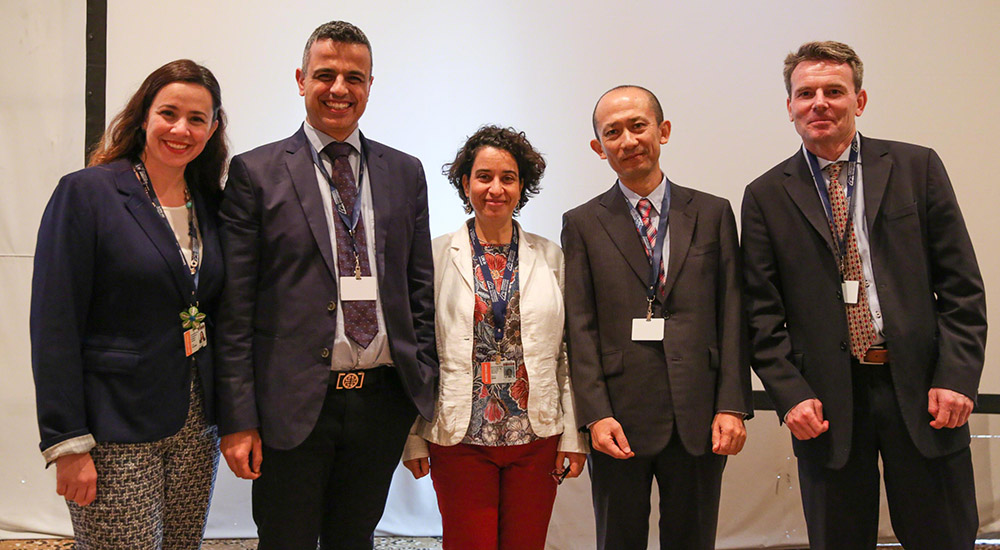
CONTACT
Nicolaas Van Der Werf | nicolaas.vanderwerf@cbd.int
Maroun Abi-Chahine | maroun.abichahine@cbd.int
MORE INFORMATION
The Story of Transfrontier Conservation in Southern Africa – Meeting the Aichi Targets by Default
Presented by Deutsche Gesellschaft für Internationale Zusammenarbeit (GIZ) and the Southern African Development Community (SADC)
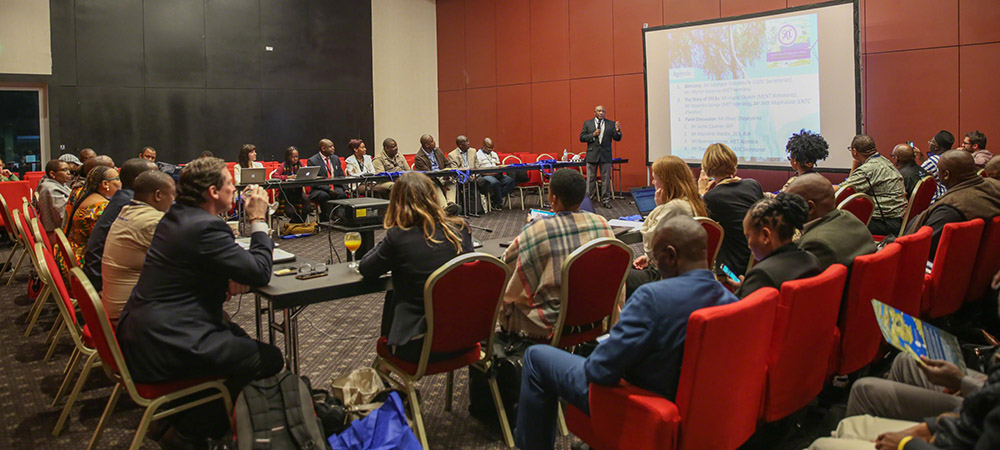
Posted by IISD Reporting Services on Sunday, 18 November 2018
This event was organized to present the Southern African Development Community (SADC) communities Transfrontier Conservation Areas (TFCAs). It provided the SADC TFCAs Programme and Network with an opportunity to showcase success stories on conservation and highlight how putting people at the forefront of conservation enables success stories. Key messages and lessons learned from conservation and development in the SADC region were shared at the event, particularly as they will contribute to the Post-2020 Biodiversity Framework. The side event included three panel discussions on: how transfrontier conservation supports the achievement of the Aichi Biodiversity Targets; how sustainable use of natural resources is mainstreamed in the SADC region; and regional priorities for the post-2020 vision of the Convention on Biological Diversity. Oliver Chapeyama, SADC consultant, moderated the meeting.
Martin Kasaona, Ministry of Environment and Tourism, Namibia, welcomed participants to the event, emphasizing that the SADC TFCAs Programme and Network brings countries together to take a wide range of decisions that impact natural resource management for the region.
Sibongile Mavimbela, SADC, welcomed participants on behalf of SADC, noting the importance of biological resources for social and economic development in the region. She highlighted the SADC Regional Biodiversity Strategy, which identifies actions to unlock wealth from biological diversity through value-added supply chains.
A video on TFCAs in the SADC region was then presented to initiate the session on “The Story of TFCAs.”
Ingrid Otukile, TFCA Focal Point, Botswana, Naambo Iipinge, TFCA Network Chair and TFCA Focal Point, Namibia, and Seth Maphalala, National Trust Commission, eSwatini, jointly narrated the story of TFCAs.
They presented ways in which the region is progressing towards greater cohesion for biodiversity conservation, leading to the establishment of the current 18 TFCAs in the SADC region, which cover a total area of 4,570,294 km2.
They highlighted that SADC TFCA has contributed to achieving the Aichi Biodiversity Targets in the following ways:
- Aichi Target 5 (the rate of loss of all natural habitats is halved), achieved through landscape approaches that secure wildlife corridors;
- Aichi Target 11 (terrestrial and marine protected areas), achieved by promoting maintenance of protected areas and supporting community-based conservation to empower disenfranchised communities;
- Aichi Target 12 (preventing extinctions of species), achieved by safeguarding migration species migration and combating wildlife crime; and
- Aichi Targets 1 (awareness on biodiversity values), 2 (biodiversity values and poverty reduction strategies) and 14 (restoration of ecosystems services, taking into account local communities), achieved through improving rural livelihoods.
During the panel session, Jaime Cavelier, Global Environmental Facility (GEF) Secretariat, presented opportunities for investing GEF financial resources for wildlife tourism in Sub-Saharan Africa. He summarized allocations for SADC in the seventh GEF replenishment, urging SADC members to take advantage of funds allocated for transboundary conservation measures to combat illegal wildlife trade and promote wildlife tourism.
Khorommbi Matibe, Department of Environmental Affairs, South Africa, shared experiences from his country’s National Biodiversity Economy Strategy. He reported on three areas of focus, namely, bioprospecting, wildlife, and ecotourism. The strategy, he underscored, aims to increase the contribution of biodiversity to South Africa’s GDP by 10%. He also noted that although bioprospecting has traditionally relied on communities to provide raw materials, the Strategy would facilitate a change to ensure their involvement in the processing of products for markets.
Naambo Iipinge, TFCA Focal Point, Namibia, emphasized the need to ensure that the theme of CBD COP 14 is enshrined in the region’s priorities and that benefits for people and nature are realized.
Tawanda Gotosa, SADC Technical Advisor, said a number of biodiversity-related conventions have recognized TFCAs as important tools for natural resource management. He noted that landscape approaches, such as those applied by TFCAs, will ensure cross-sectoral collaboration to reduce human-wildlife conflict while maximizing production. For the SADC region, he noted that the Post-2020 Biodiversity Framework provides an avenue for increased collective action for sustainable management in ensuring shared benefits across borders, and the creation of enterprises that improve the economies of its members. He noted the need for resource mobilization to combat illegal harvesting and trade in endangered species, and for remodeling the management of protected areas to arrest biodiversity loss. He concluded by asking SADC countries to promote South Africa’s Biodiversity Economic Strategy to further harmonize conservation efforts.
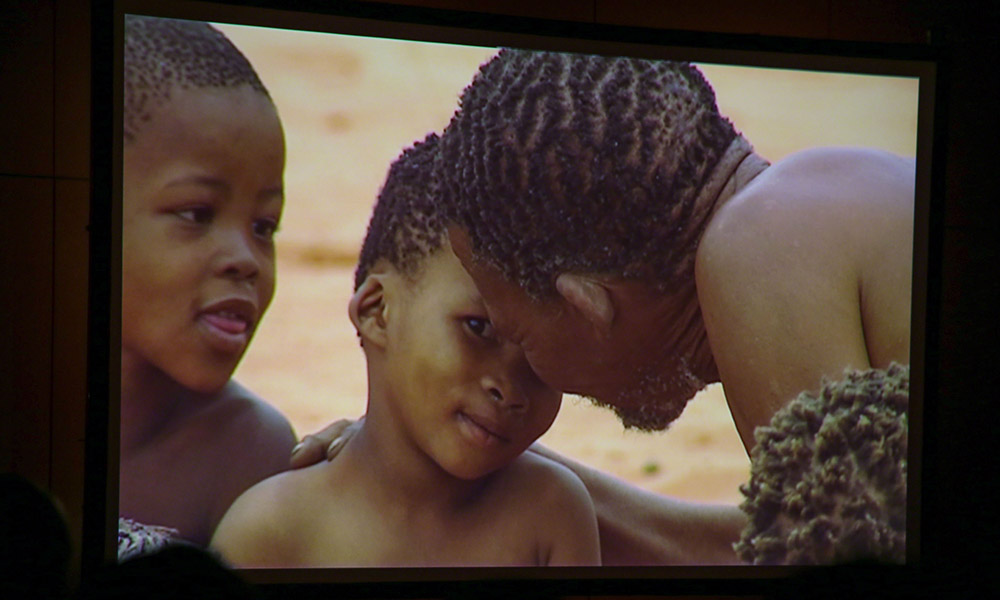
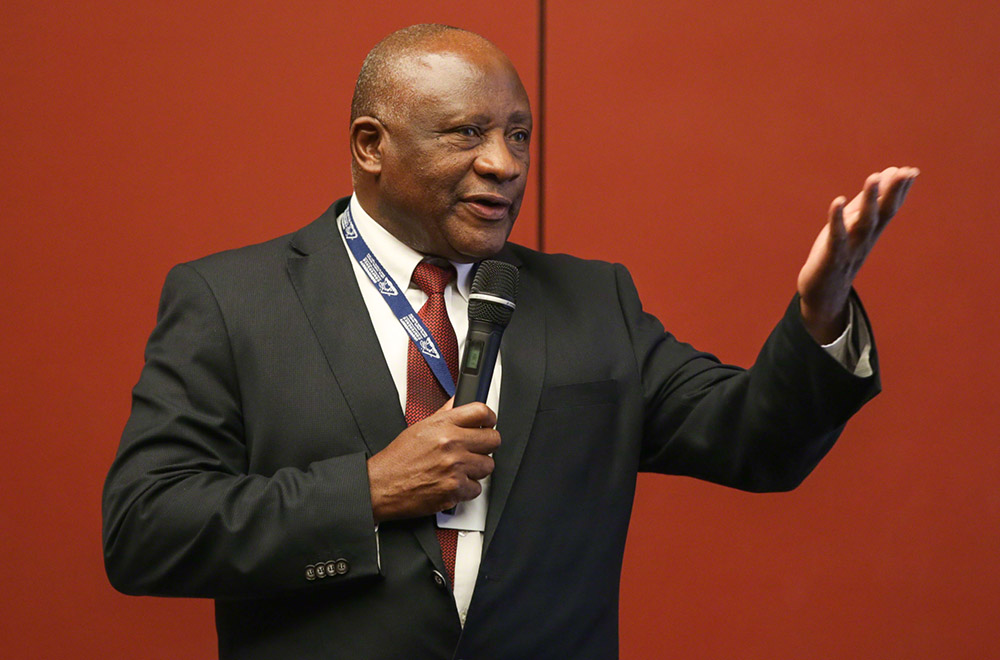
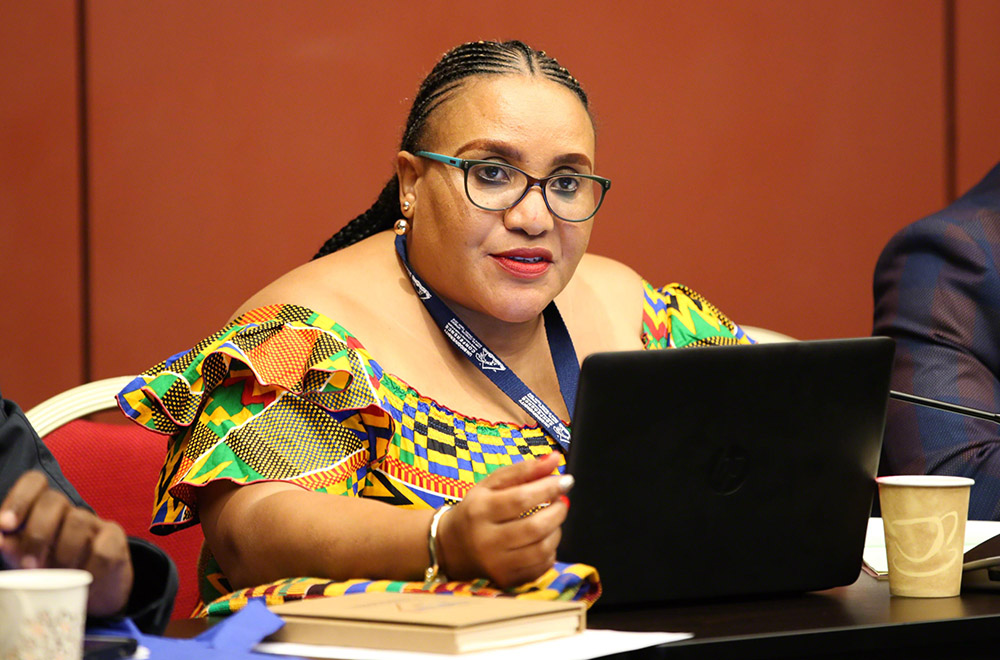
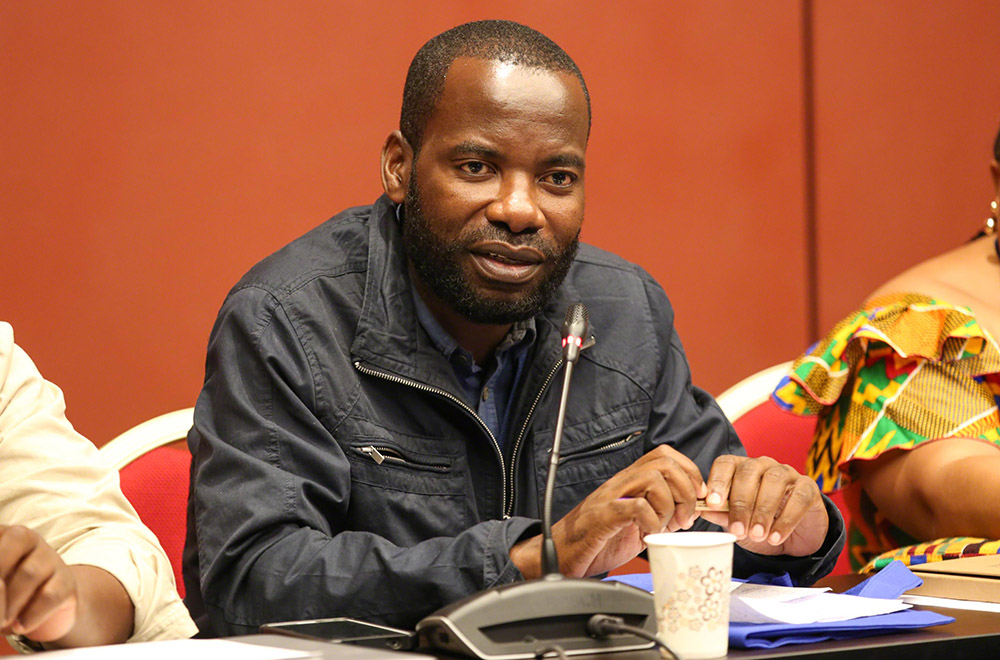
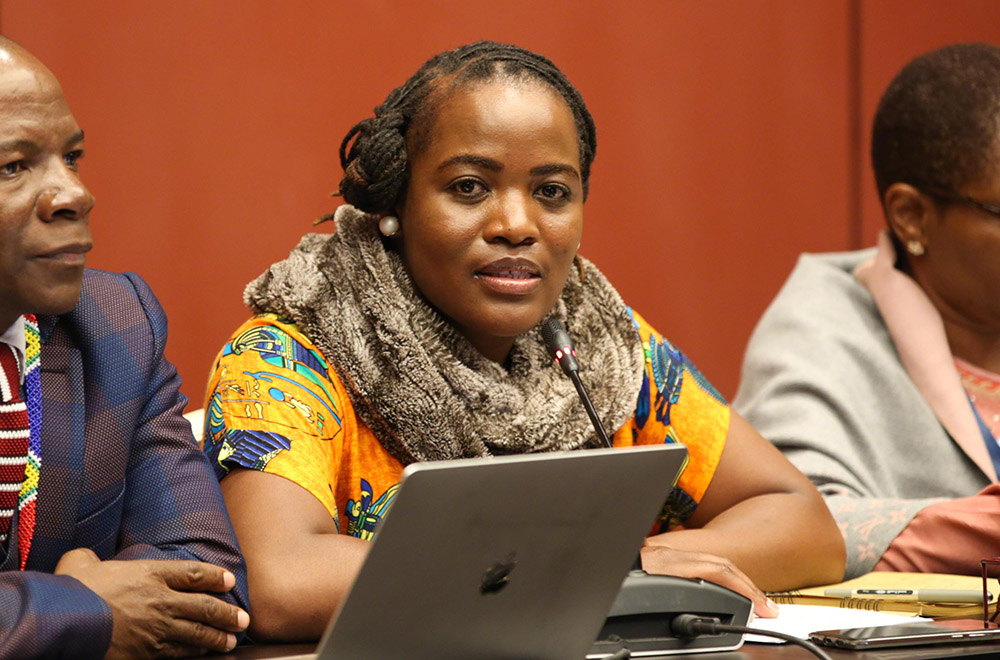
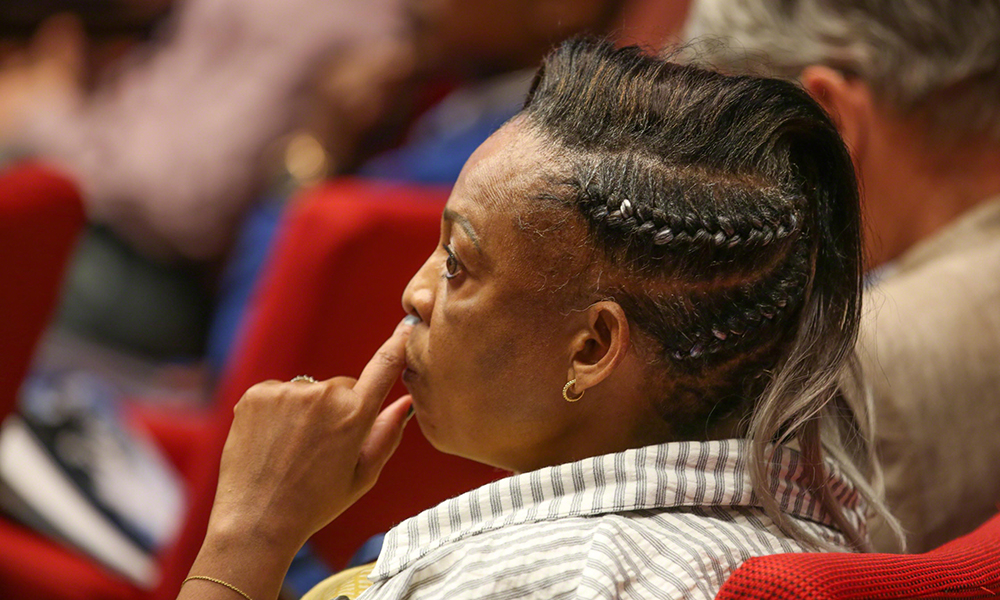
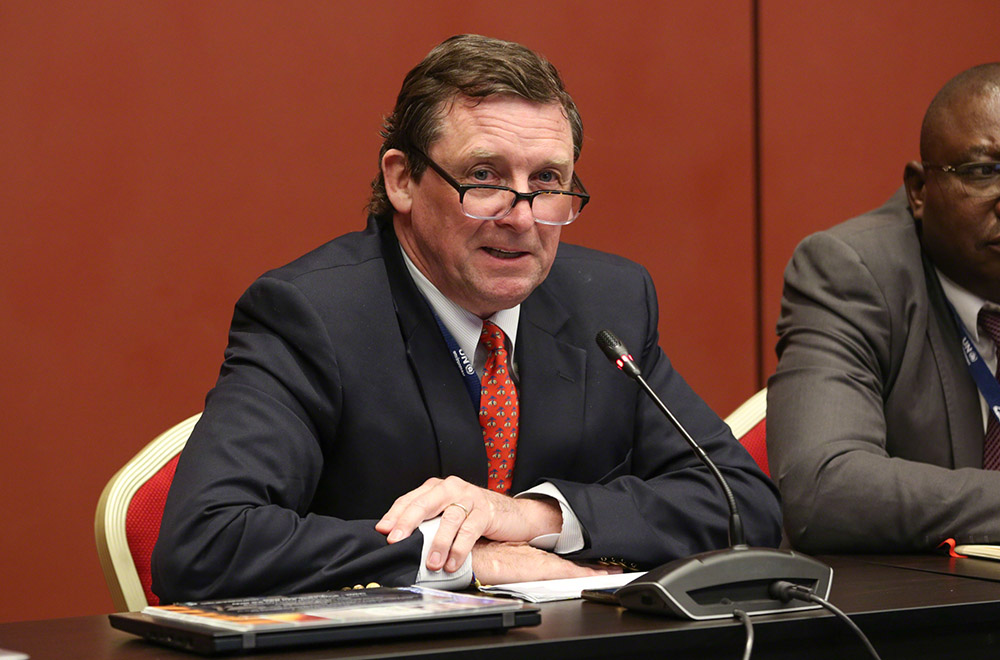

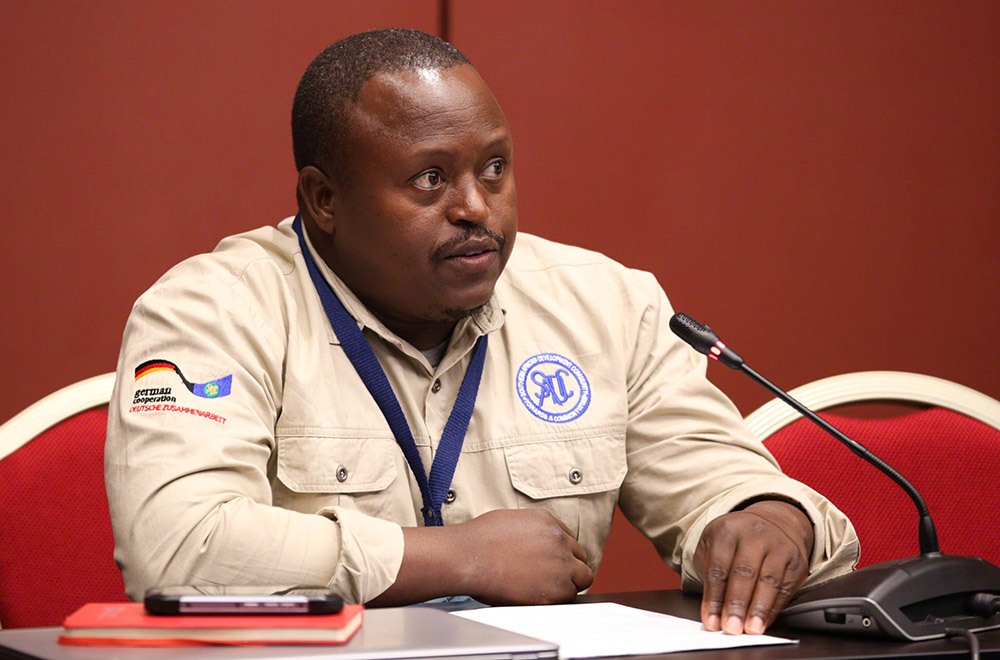
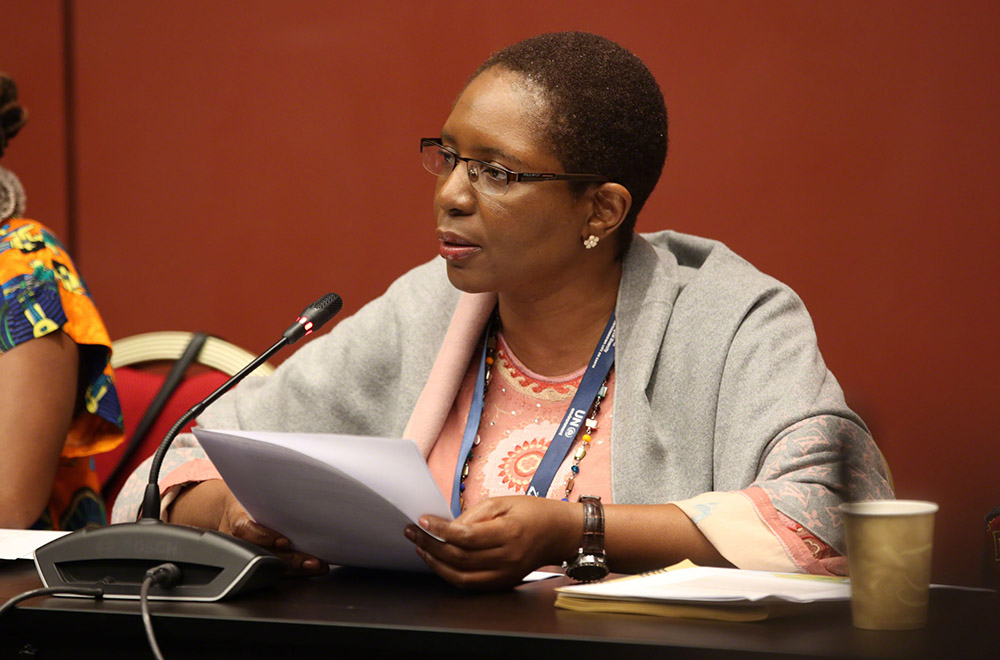
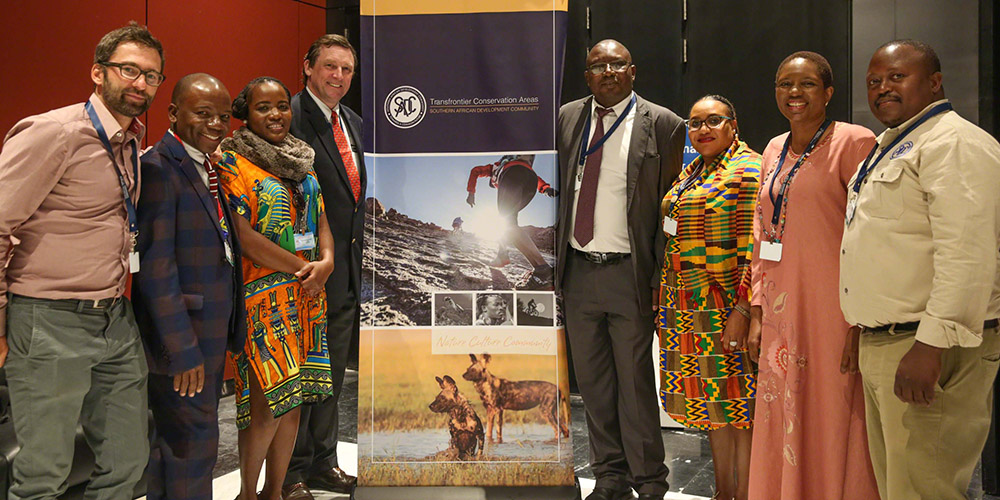
Towards Post-2020
Presented by Expertise France, with support from the European Commission
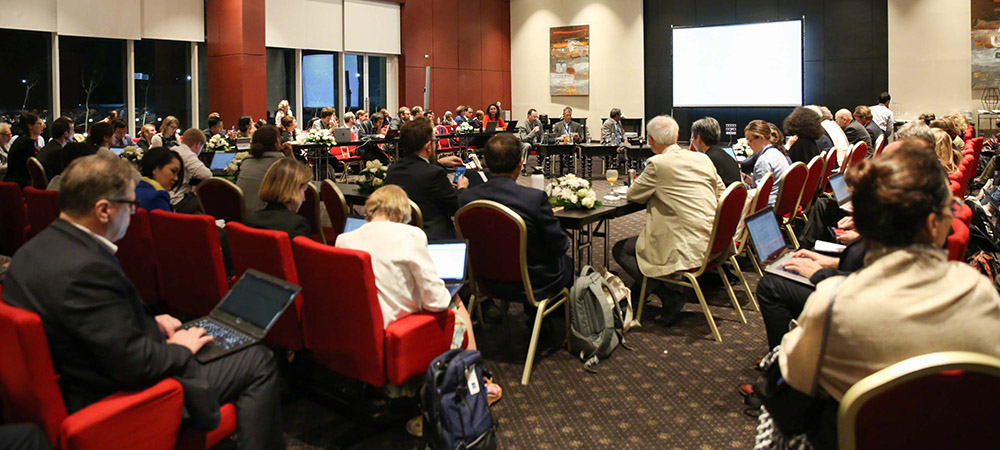
This side event, organized by Expertise France and initiated by the European Commission, examined efforts towards achieving an effective and ambitious follow-up to the Strategic Plan for Biodiversity.
Moderator and presenter Didier Babin, Expertise France and team leader of the EU-funded project “Follow-up to the Strategic Plan for Biodiversity 2011-2020,” reminded participants of the 25th anniversary of the Convention on Biological Diversity (CBD), saying that despite successes to date, the “tragic” loss of biodiversity has continued, consequentially endangering human populations. He drew attention to taking stock of lessons learned from the successes and shortfalls of the Strategic Plan for Biodiversity 2011-2020 in the post-2020 biodiversity agenda, through 25 countries representing different ecological and socio-economic conditions. He stressed that the post-2020 biodiversity targets should not duplicate ongoing efforts, but facilitate the emergence of ideas that are “outside the box” and complementary to existing efforts. He noted five specific objectives that should be considered in a post-2020 biodiversity agenda, including: broadening and strengthening negotiators’ mandates to address strategic issues, such as sustainable consumption and production; identifying tensions between the implementation of the Sustainable Development Goals (SDGs) and the CBD objectives; clarifying the role of measurement, reporting and verification (MRV) systems; enhancing the mobilization of civil society actors; and integrating a post-2020 biodiversity agenda as a basis for the post-SDG era and “the road to 2050.”
Cristiana Paşca Palmer, CBD Executive Secretary, stressed the need for a post-2020 biodiversity agenda that is more innovative, transformative, and ambitious than the one that has existed over the last 25 years. She stated that while progress has been made, it is not enough to deviate from business as usual, noting the need for “transformative change,” which will be defined in terms of the knowledge and capacities to engage in protecting biodiversity. She said the mainstreaming of biodiversity must extend to sectors that have not yet been considered, including mining, industry, and health. She emphasized the importance of taking a “systems approach” for transformative change in unlocking the “path dependency” of business as usual. This, she noted, would require a broad range of actors to engage in a bottom-up dialogue that brings natural capital and biodiversity to the core of decision making. She stressed that such an approach requires enhanced accountability, an inclusive process for defining voluntary contributions, and engagement with social scientists to contribute innovative techniques and alternative approaches to systems thinking that can lead to transformative change. She concluded stressing that the next two years should be viewed “as a period to incubate some disruption of the path dependencies of the system.”
Anne Theo Seinen, European Commission, emphasized that strengthening voluntary commitments of stakeholders, particularly through National Biodiversity Strategies and Action Plans (NPSAPs) should remain the “cornerstone of implementation” of the Convention’s commitments. In particular, he noted that voluntary commitments are important for accelerating implementation, holding parties accountable, and facilitating assessment of the achievement of global targets.
Moustafa Fouda, CBD National Focal Point, Egypt, questioned whether the CBD has “done its job properly,” noting that since business as usual is no longer tenable, innovative thinking is going to be mandatory to push the biodiversity agenda forward. He underscored the need to identify “champions of biodiversity” and creative ways of engaging with youth to build on existing efforts and to offer new opportunities.
Gu Li, Director, Ministry of Ecology and Environment, China, stressed that a theme of transformative change must transpire at CBD COP 15 in Beijing in 2020. She likened the post-2020 biodiversity agenda to the confluence of “small streams into a larger river.” This, she said, refers to the convergence of ongoing initiatives towards enhanced consensus on action for transformative change.
In the ensuing discussion between the Expertise France team and participants, several opportunities were suggested for advancing a post-2020 biodiversity agenda. Participants identified, inter alia:
- the need for technical assistance to mainstream biodiversity within financial procedures and products;
- ensuring that benefits-sharing goes beyond monetary outcomes to get more indigenous young women involved in science;
- assuring that a greater voice is provided to citizens, and not just to business and science, to uncover what “relations of value for nature” mean for people around the world;
- creating an enabling environment for citizen science, particularly within national educational sectors;
- rethinking the language of communication on biodiversity; and
- the importance of reforming the environmental sector to effectively mainstream biodiversity.
Participants also noted the importance of mainstreaming biodiversity, and of clearly defining indicators to track progress for evaluating how mainstreaming can lead to transformative change.
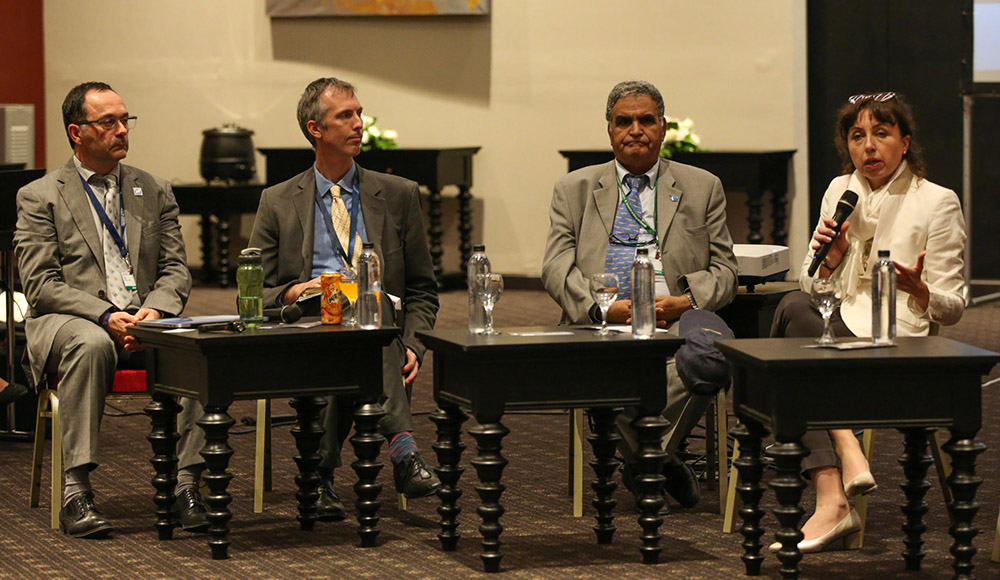
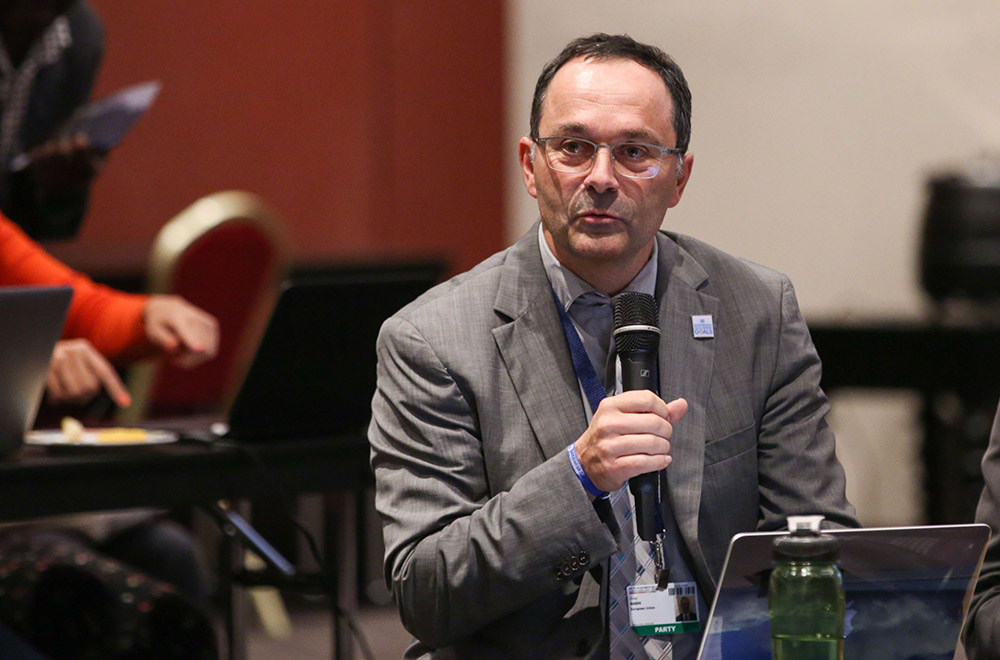
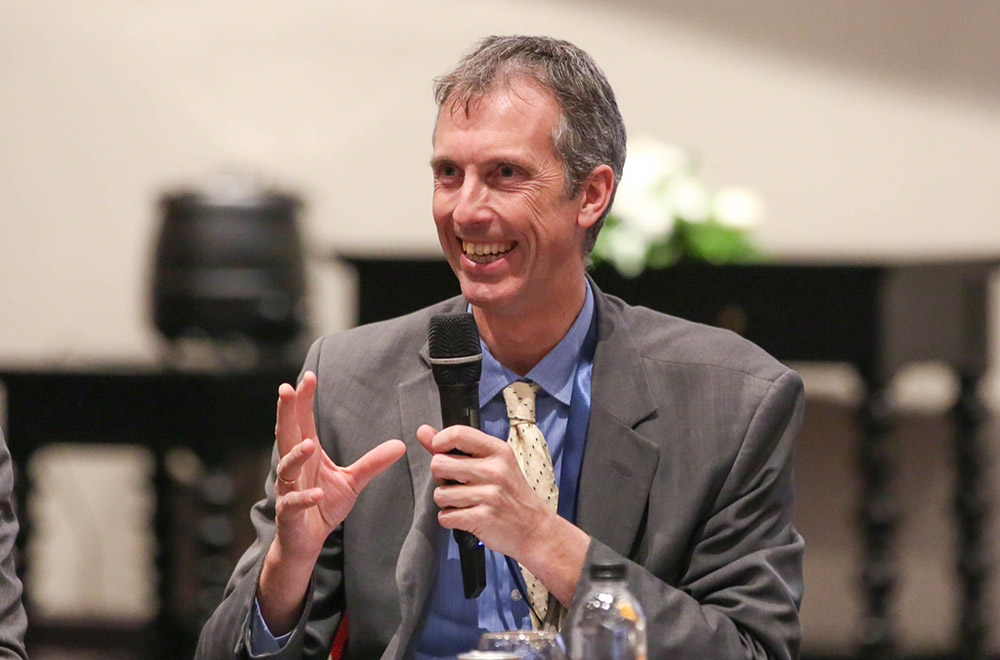
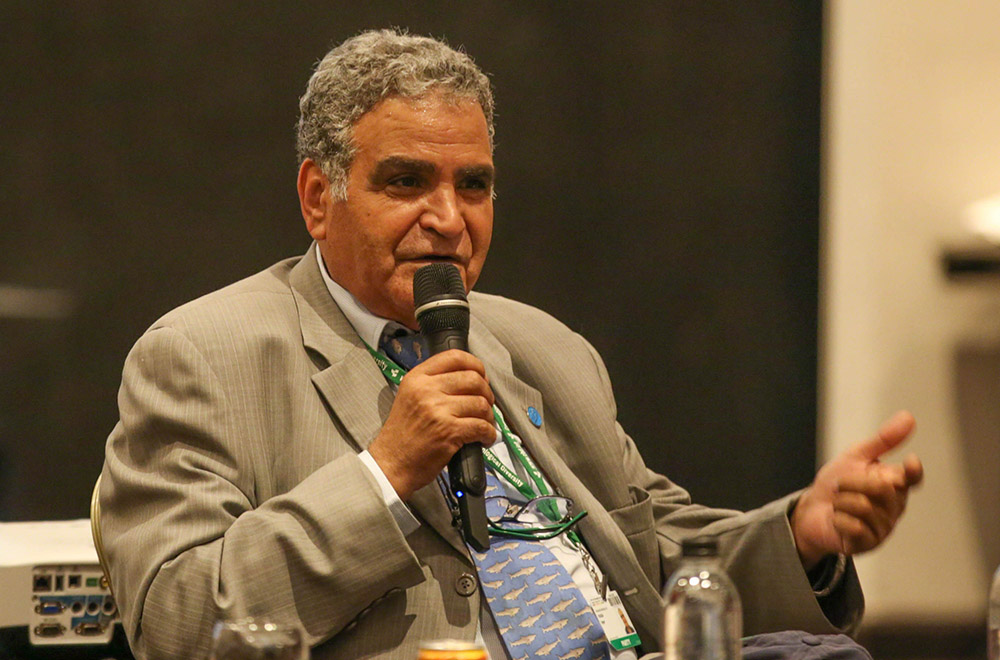
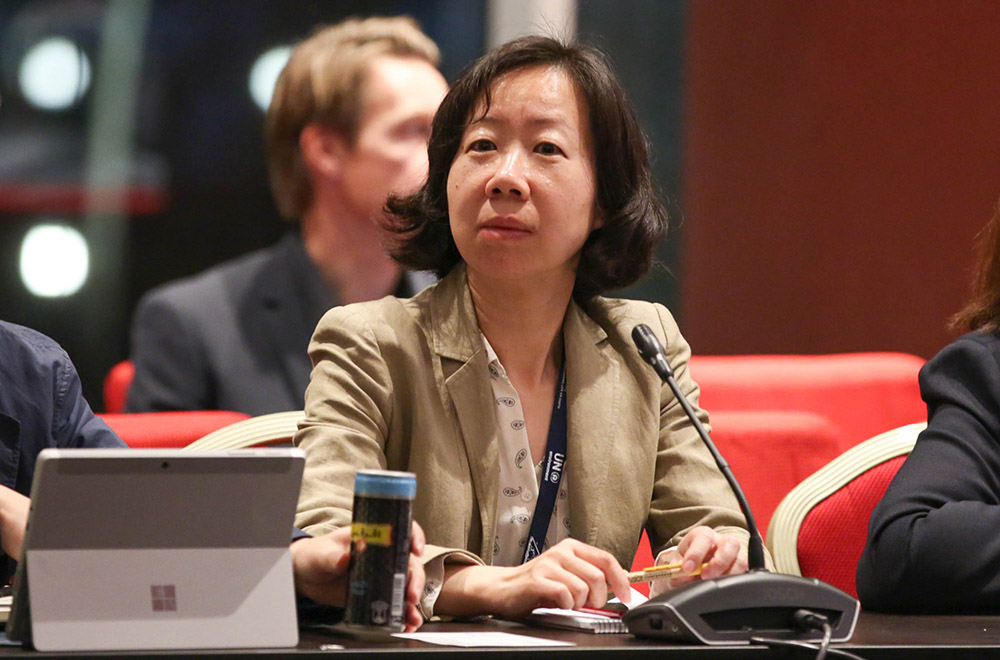
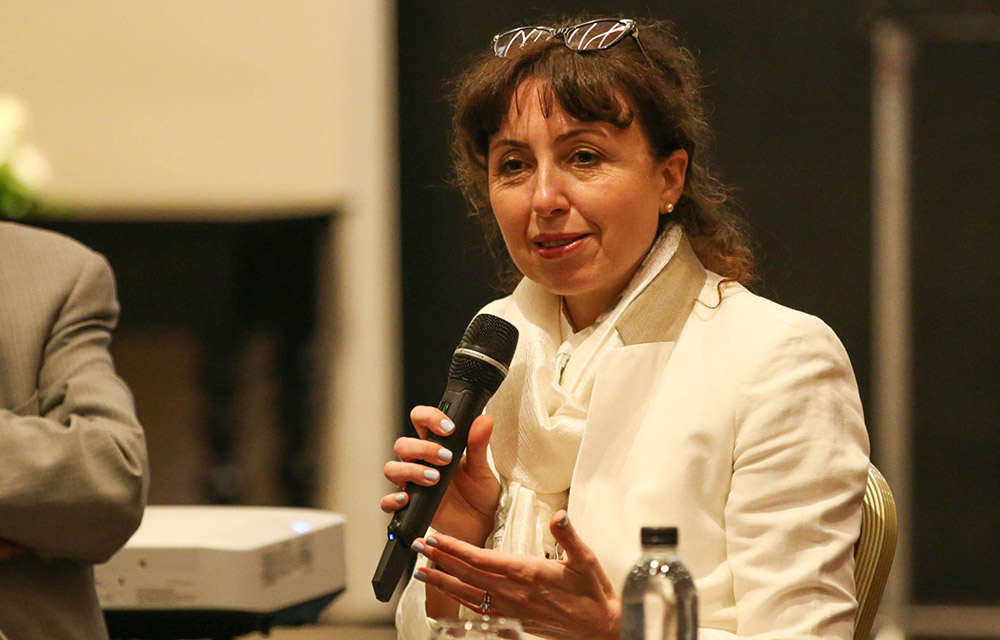
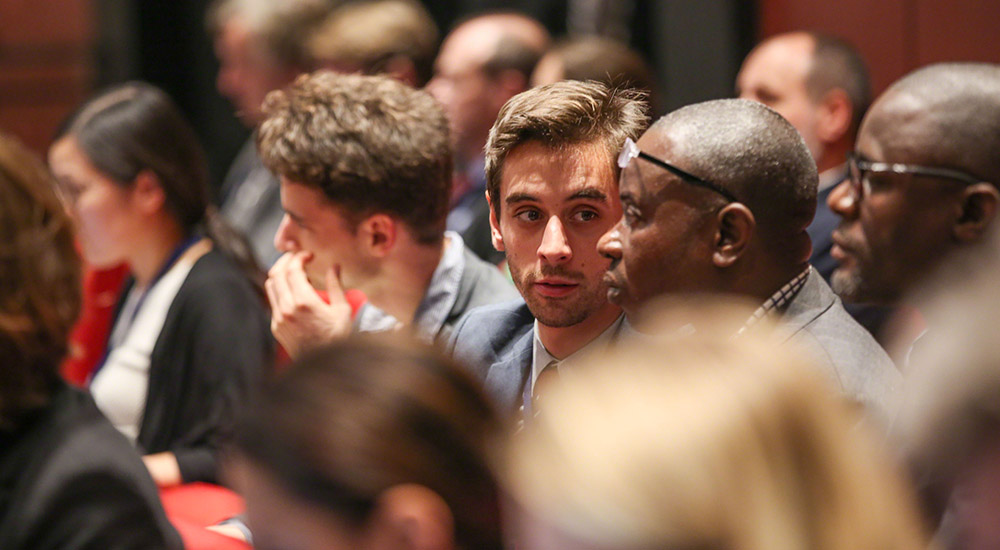
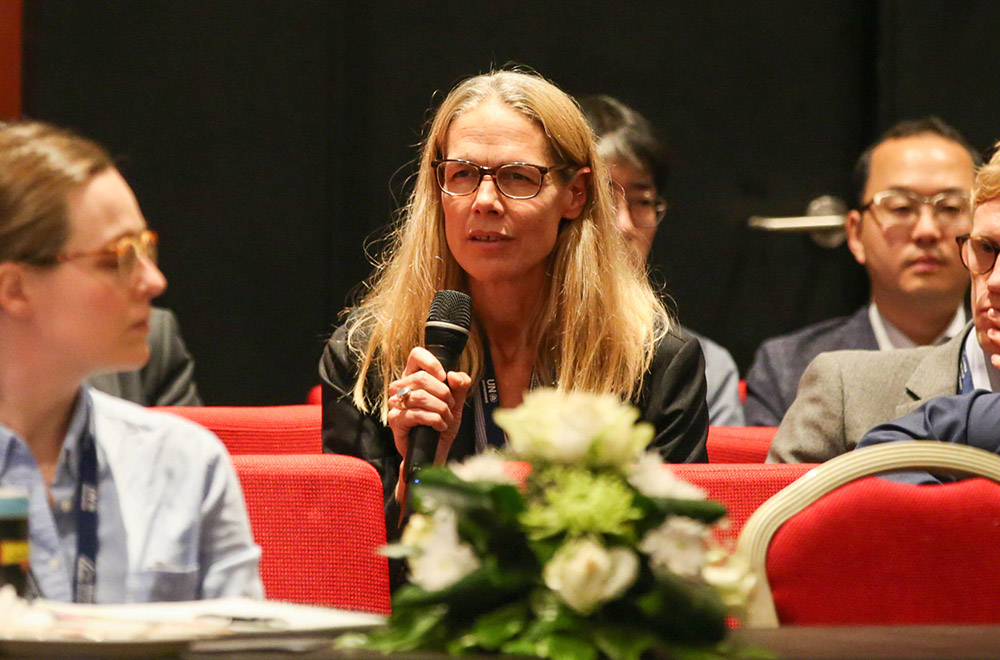
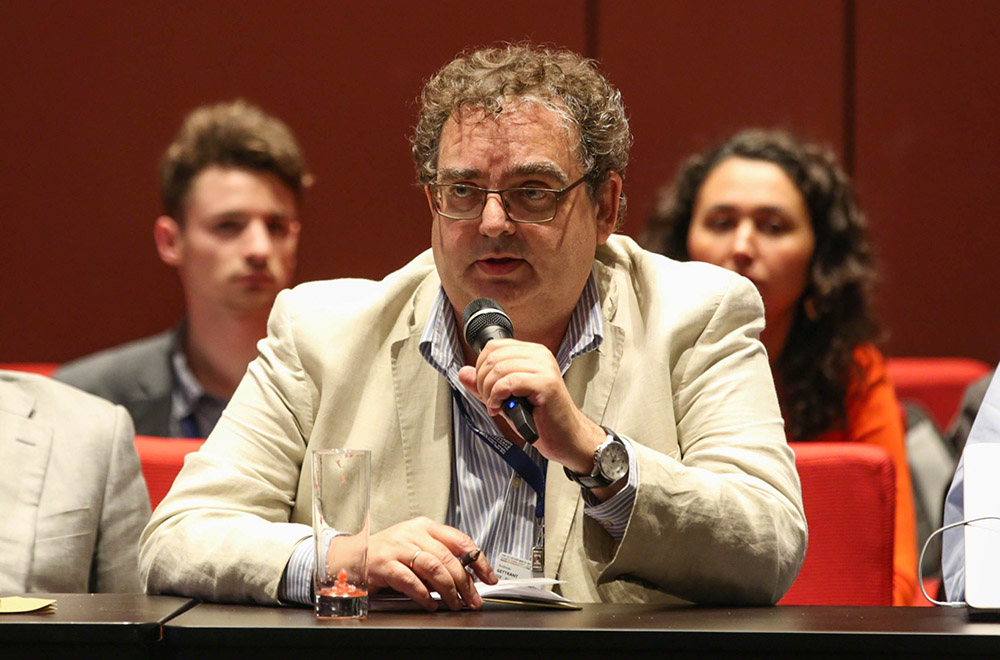
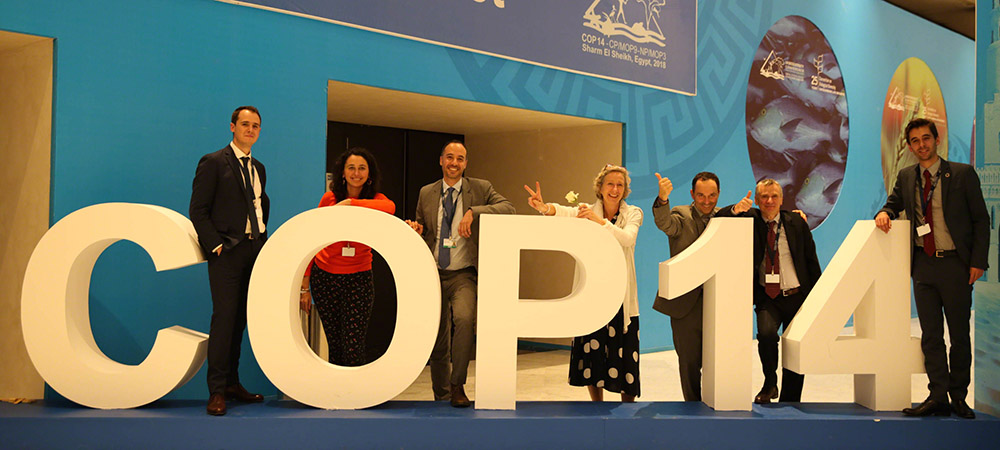
CONTACT
Charlotte Ndakorerwa | charlotte.ndakorerwa@un.org
MORE INFORMATION
https://www.unenvironment.org/
http://web.unep.org/environmentassembly/
https://www.unenvironment.org/resources/report/mainstreaming-biodiversity-well-being
Mainstreaming Biodiversity in the Oil and Gas Sector: Good Practices for Biodiversity Management
Presented by IPIECA, in collaboration with the UN Environment Programme-World Conservation Monitoring Centre (UNEP-WCMC) and the International Union for Conservation of Nature (IUCN)
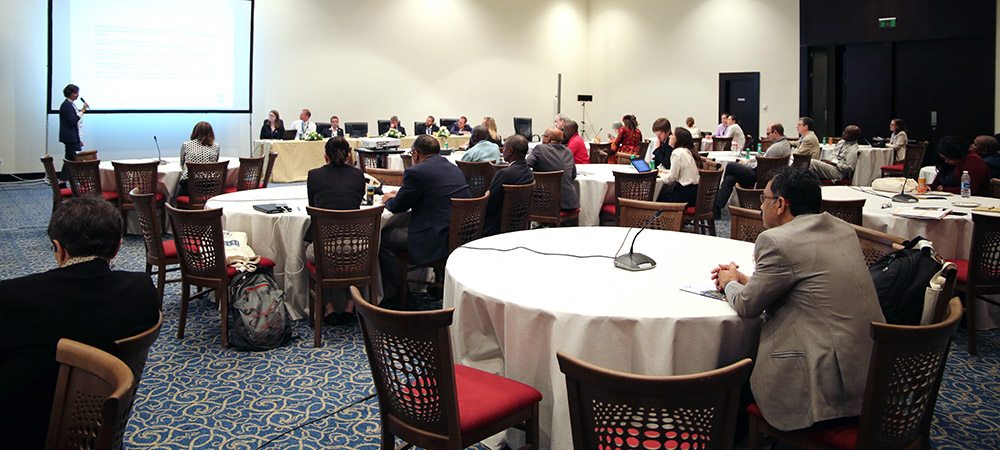
This side event provided an understanding of the realities and frontiers of best practices in managing biodiversity in the oil and gas sectors, with company representatives and civil society partners sharing their own examples, case studies, and experiences.
Gertjan Roseboom, Chair, IPIECA-International Association of Oil and Gas Producers (IOGP) Biodiversity and Ecosystem Services Working Group, presented on the mainstreaming of biodiversity in the oil and gas sector. He stated that IPIECA’s member companies represent over 50% of global oil and gas production.
He explained that companies manage biodiversity by making it a part of their standard operations and explained that the mitigation hierarchy, which ensures that negative impacts on biodiversity are minimized, is key to this industry. He said this tool is used by the oil and gas industry and national governments to develop a framework for best management practices. Roseboom noted that negative effects on landscapes can be avoided at the beginning of projects and presented six interrelated Biodiversity and Ecosystem Services (BES) practices that are mainstreamed in the oil and gas industry through risk-based approaches, a mitigation hierarchy, and partnerships.
Matt Jones, UNEP-WCMC, introduced “Proteus,” a voluntary collaboration between UNEP and businesses that supports the provision of biodiversity information. He noted that UNEP’s collaboration with extractive companies aims to support “Proteus” companies in adopting effective biodiversity impact mitigation compatible with an ecosystems approach. He pointed to a 165% increase in data entries over the past 15 years and stressed the need for good quality data, adding that data given to companies should be used effectively. He said that partnerships like “Proteus” provide a mechanism for companies to contribute to the global biodiversity agenda.
Steve Edwards, IUCN, highlighted how the oil and gas industry is mainstreaming biodiversity through the use of the mitigation hierarchy and showcased IUCN's work with industry through independent scientific and technical advisory panels (ISTAPs). He explained the nature of ISTAPs and IUCN’s role, including through a new report on the IUCN Niger Delta Panel, stating that the Panel consists of people from various backgrounds. He noted several recommendations, including on how to manage biodiversity in the region. In addition, he underscored that Shell’s policy and practice in Nigeria has changed due to the Niger Delta Panel’s contributions, which also inspired changes at the IUCN resulting in the identification of more viable approaches to biodiversity conservation in oil-impacted areas that are being applied and tested.
Paola Pedroni, IOGP Environment Committee Co-Chair and Eni representative, spoke about Eni’s engagement with BES, noting that their global BES model has evolved and that it enables a systematic integration into their global assets. She showcased the core principles of Eni’s BES Policy, including: the recognition of BES relevance to Eni and society; the adoption of a risk-based approach to BES management and of the mitigation hierarchy; and stakeholder engagement and partnerships. She also highlighted some practical examples where subsidiaries in Egypt manage offshore facilities in the Nile Delta, such as the Zohr and Nidoco Projects and the Abu Madi Gas Processing Plant.
David Palandro, ExxonMobil and Vice-Chair, IPIECA-IOGP Biodiversity and Ecosystem Services Working Group, stated that safeguarding the ability of the environment to support biodiversity and provide ecosystem services is a priority for Exxon Mobil. He noted that Exxon Mobil implements scientifically-sound, practical and sustainable solutions rooted in environmental assessment and risk management. He highlighted the Exxon Mobil Papua New Guinea Biodiversity Strategy and expressed a commitment to achieve no net loss for biodiversity in the upstream area of the project site. He highighted the use of a mitigation hierarchy in the area and engagement with stakeholders to understand key priorities, noting that local communities must be partners in the process.
Mark Johnston, British Petroleum (BP), presented on the Tangguh expansion project in the West Papua Province of Indonesia where the gas pipeline is undergoing expansion. He noted a commitment to achieve no net loss in the operations and highlighted mitigation measures, including minimizing the operation’s footprint, rehabilitation, and offsetting.
In the ensuing discussions, panelists answered questions on: the status of gender-based NGOs and the special role of women in local communities; how widespread these practices are in the industry; and the timeframe regarding cleaning up the Niger Delta oil spill.
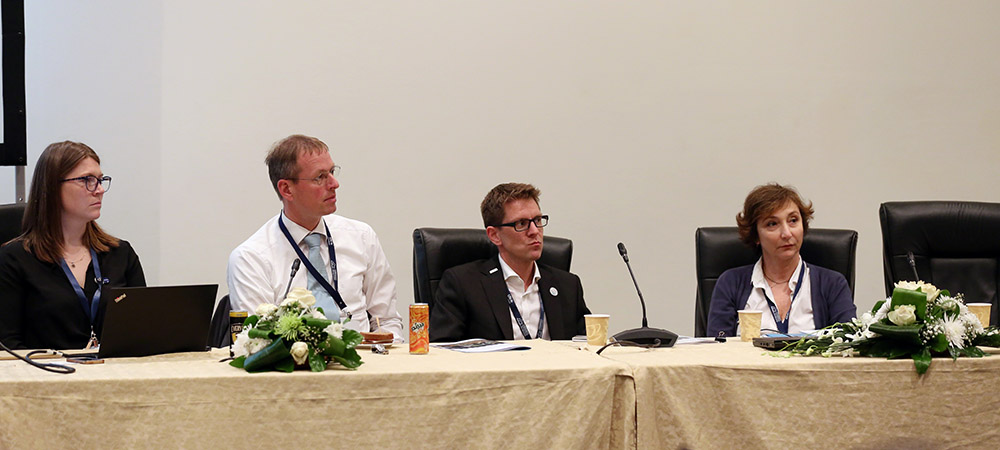
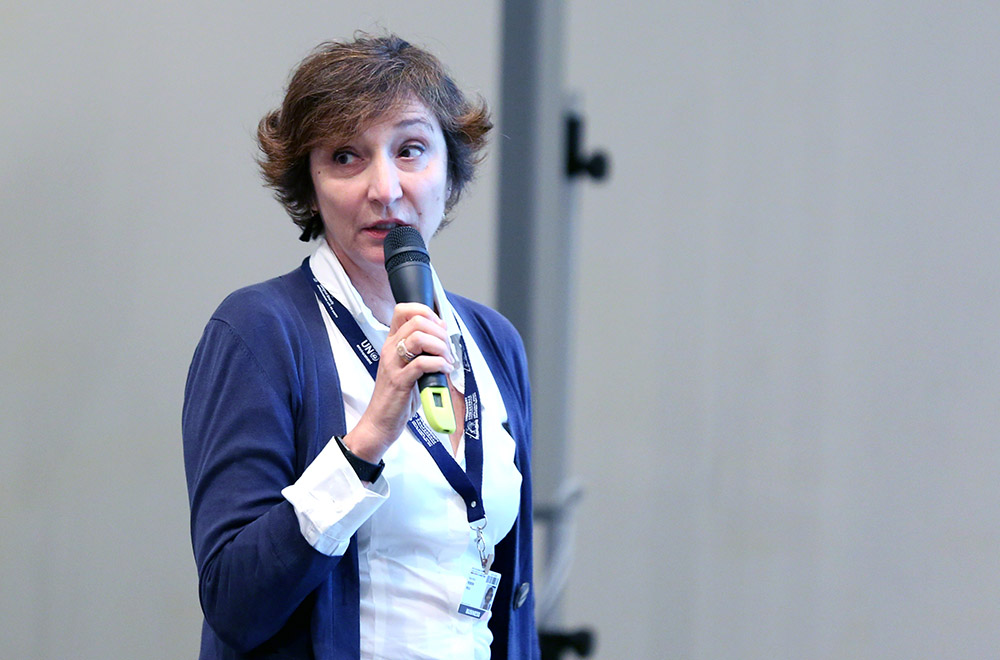

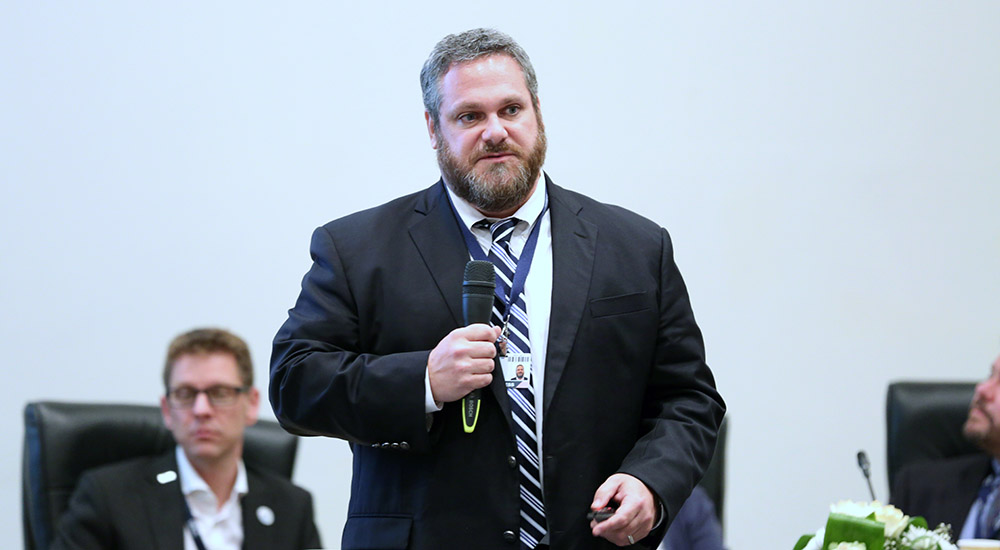

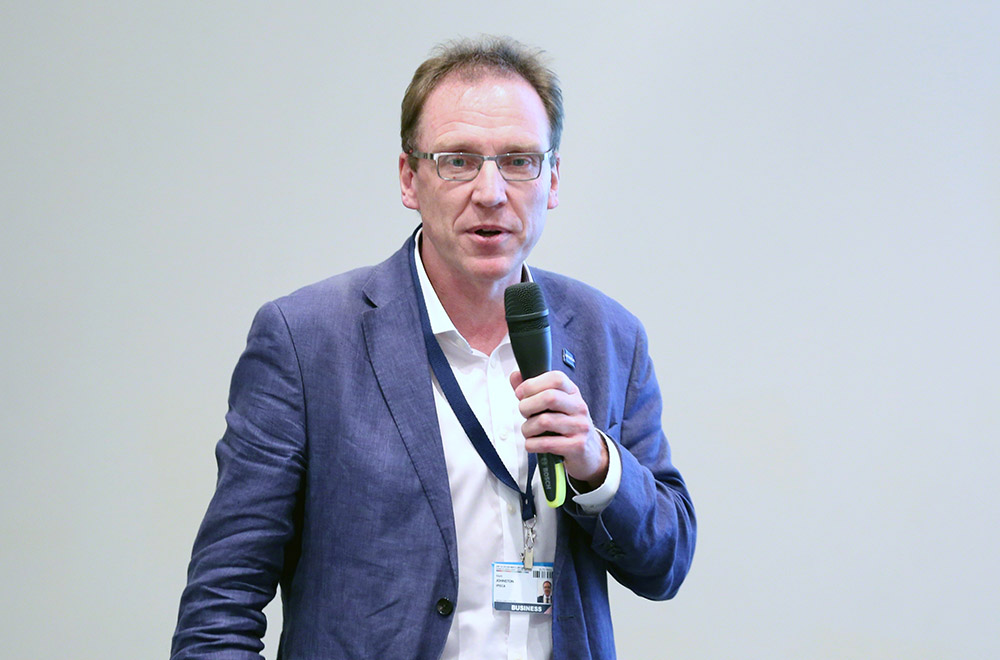
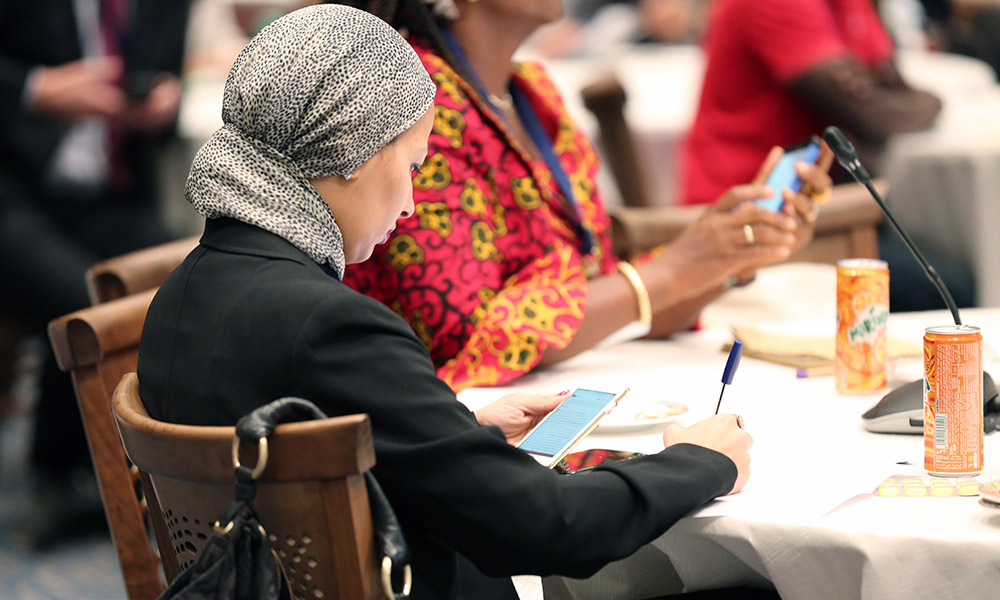
Guidance for Development of Gene Drive Application
Presented by the Donald Danforth Plant Science Center
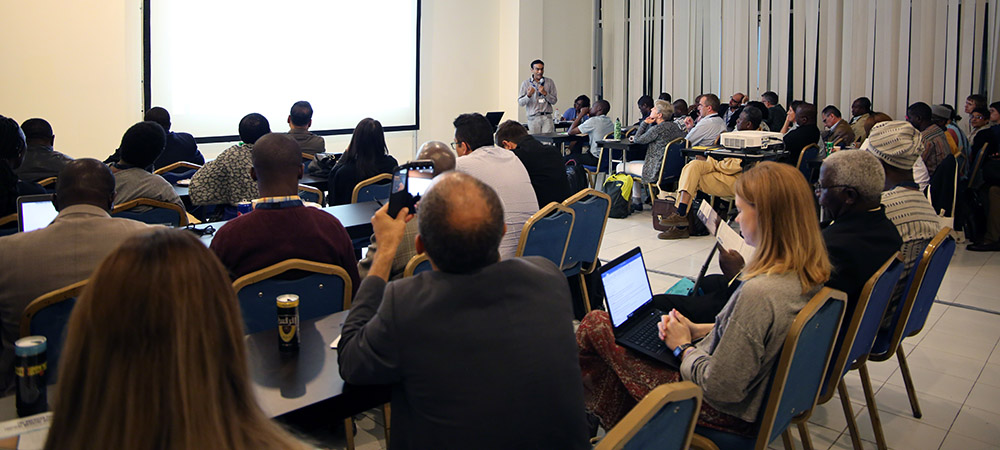
This side event considered key recommendations of a scientific working group on the lifecycle of a project seeking to develop and deploy gene drive mosquitoes, including stakeholder engagement practices. Discussions focused on the need to develop new tools for malaria control, considering that, according to the World Health Organization (WHO) in 2016, there were 216 million cases of, 445 000 deaths from, and 3.2 billion people at risk of malaria. It was also noted that 91 countries had ongoing malaria transmission malaria cases worldwide.
Ann Kingiri, African Centre for Technology Studies, Kenya, opened the event, noting the importance of focusing on key scientific recommendations to ensure a constructive and time-effective debate. She thanked the Donald Danforth Plant Science Center, which is supporting gene drive research in Africa with special attention to malaria.
Mamadou Coulibaly, University of Bamako, Mali, highlighted that, despite progress in controlling malaria, the disease still remains a major public health issue causing over 400,000 deaths a year. He explained that existing tools and strategies have contributed to saving millions of lives but could be improved. He said complete elimination of malaria remains a challenging goal due to factors, such as low funding, insecticide resistance and drug resistance. He then stressed that existing tools are insufficient in Africa, where outdoor transmission of malaria is frequent, making millions of people vulnerable and suggested that modification through gene drive systems could theoretically provide extra protection. He stated that this technology should not be perceived as a “silver bullet,” but as an additional tool.
Charles Mbogo, Kenya Medical Research Institute, discussed stakeholder engagement in the development and testing of gene drive mosquitoes. He discussed the efforts of the scientific working group, which worked for two years on malaria in Africa, and described different strategies for developing modified mosquitoes, highlighting the WHO’s “Guidance Framework for testing genetically modified mosquitoes.” When dealing with gene drive systems, he called for building on relevant regulatory precedents and conducting tests based on the best available science. He underlined the publication “Pathway to Deployment of Gene Drive Mosquitoes as a Potential Biocontrol Tool for Elimination of Malaria in Sub-Saharan Africa: Recommendations of a Scientific Working Group.” This publication, he said, provides an analysis of gene drive technology as a promise for a high-impact, cost-effective, and durable method to control malaria transmission that would also make a significant contribution to elimination. Based on this study, he noted that this technology has raised concerns that necessitate careful consideration for the product development pathway. In conclusion, Mbogo reported that the group’s recommendations on a decision to enter field testing should rely on safety evaluation at the end of physically confined laboratory testing.
Jerome Singh, Ethical, Legal, Social Issues Advisory Services on Global Health Research and Development, South Africa, emphasized stakeholder engagement and public participation in gene drive mosquito experiments. He explained differences in terminology related to “community,” “stakeholders,” and “public” to explain the need to recognize that their interactions are dynamic and constantly changing. Noting challenges on getting community authorization to develop gene drive approaches, he suggested that different sides may have different needs and that community engagement is not a standard process, but is context-specific. He urged the engagement of social scientists in this process and emphasized that community engagement should not be confused with public relations, communications, or advocacy. He further defended that gene drive approaches should evolve in accordance with ethical obligations and concluded with stating that communities require trust as a quintessential element.
Willy Tonui, Environmental Health Services Ltd., Kenya, shared the experiences of regulators with a focus on a case study from Kenya. He spoke on requirements of international conventions, including those being made at CBD COP 14, which are relevant for many developing countries. On recommendations for biosafety, he noted the need for all-hazards risk assessment before mosquitoes are released and at each stage of trial expansion and that address a wide array of hazards, such as human and animal health, biodiversity and socio-economics. He stressed that monitoring and evaluation are key and that they should be carried out based on stakeholder engagement practices. He then highlighted the publication “Gene Drives for Malaria Control and Elimination in Africa,” which describes a process on this technology.
During the discussion, panelists shared their takeaway messages, including: that gene drive approaches are an ongoing research process; guidelines must be followed and developed based on science; COP/MOP 14 are working on important topics and essential regulations for this technology; and that science must take risks while being responsible.
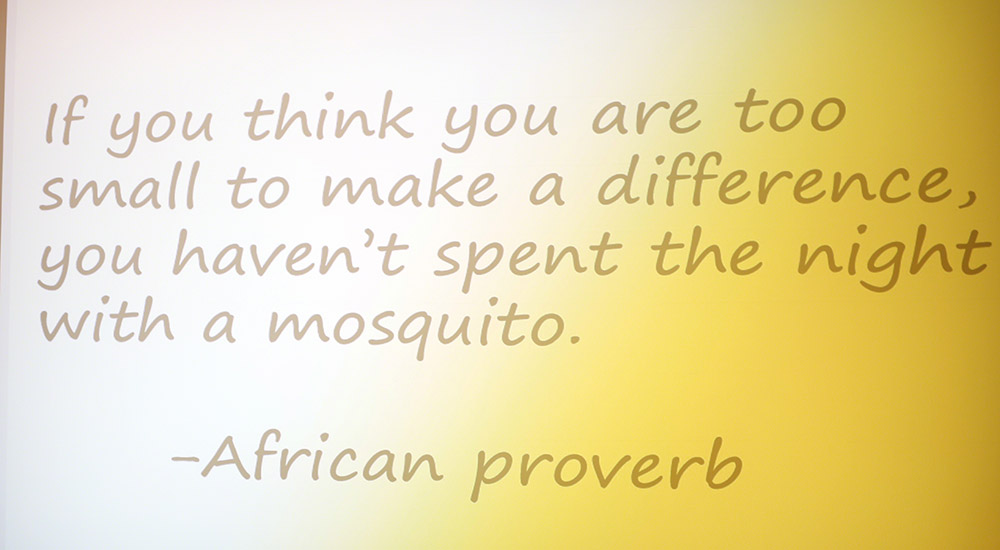
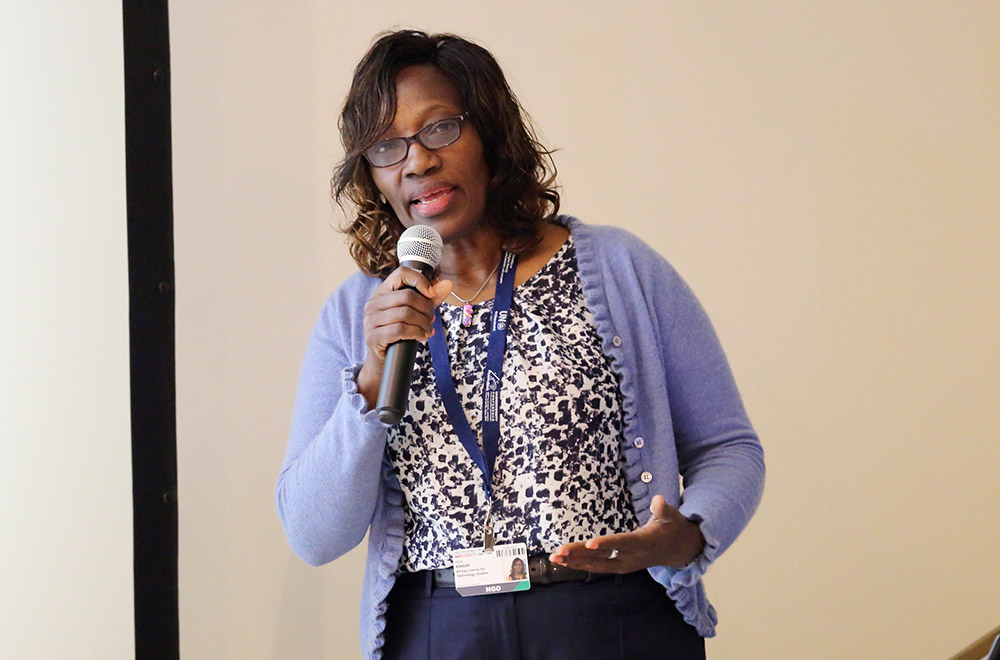
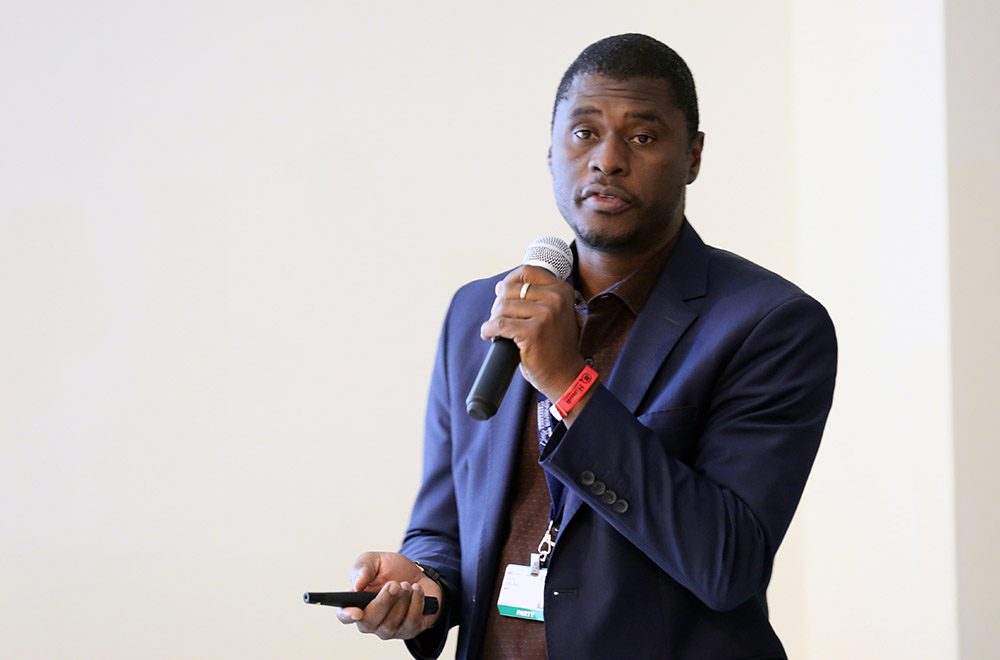
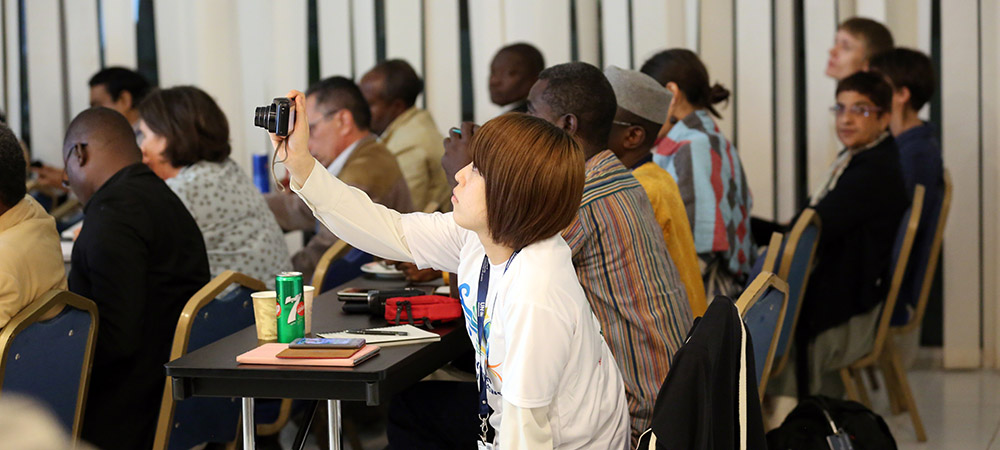
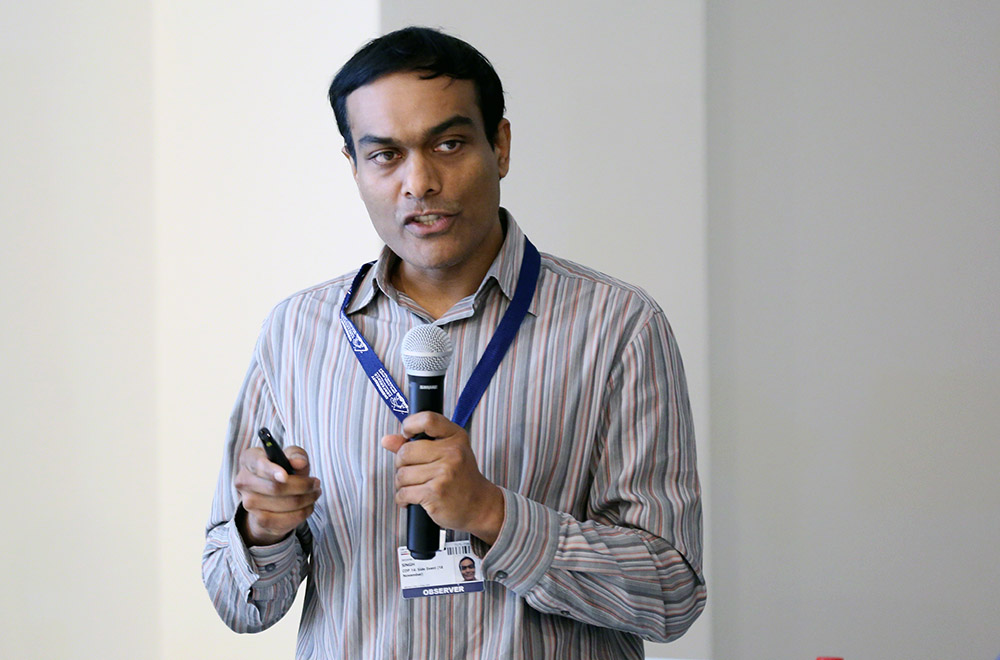
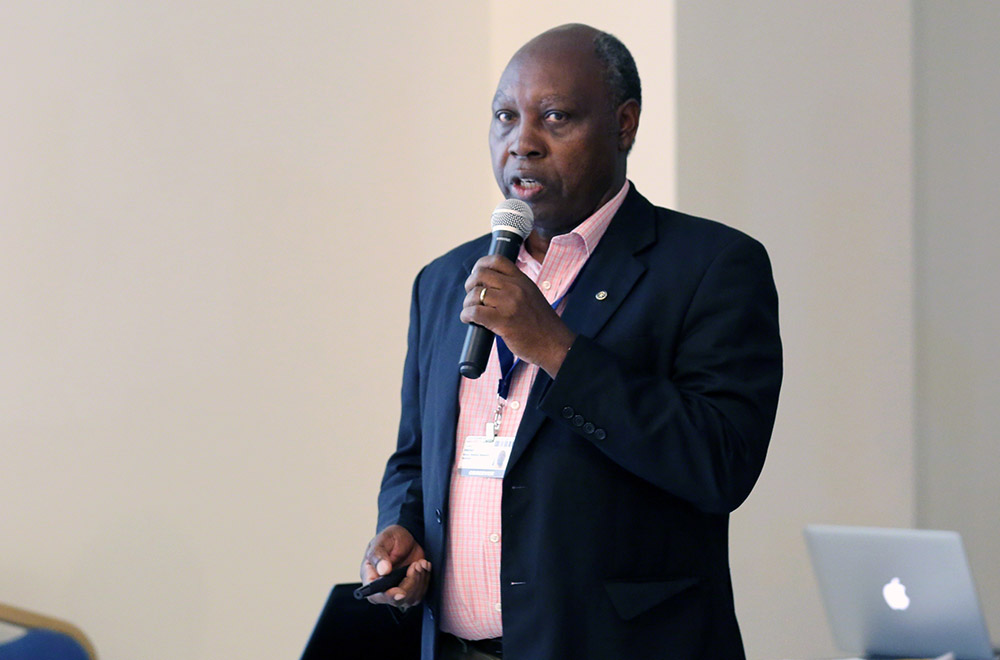
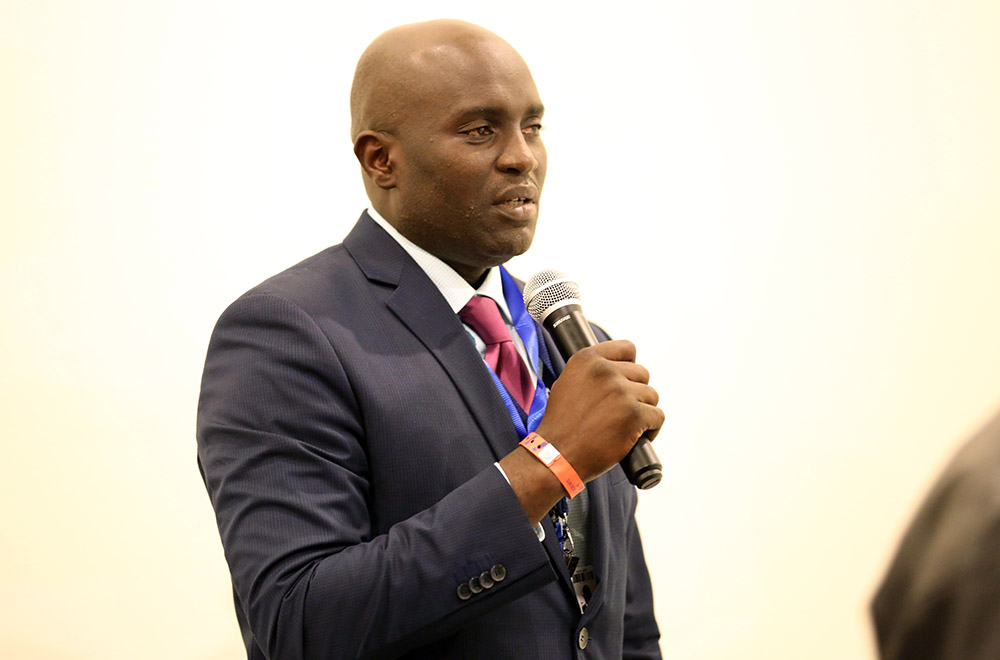
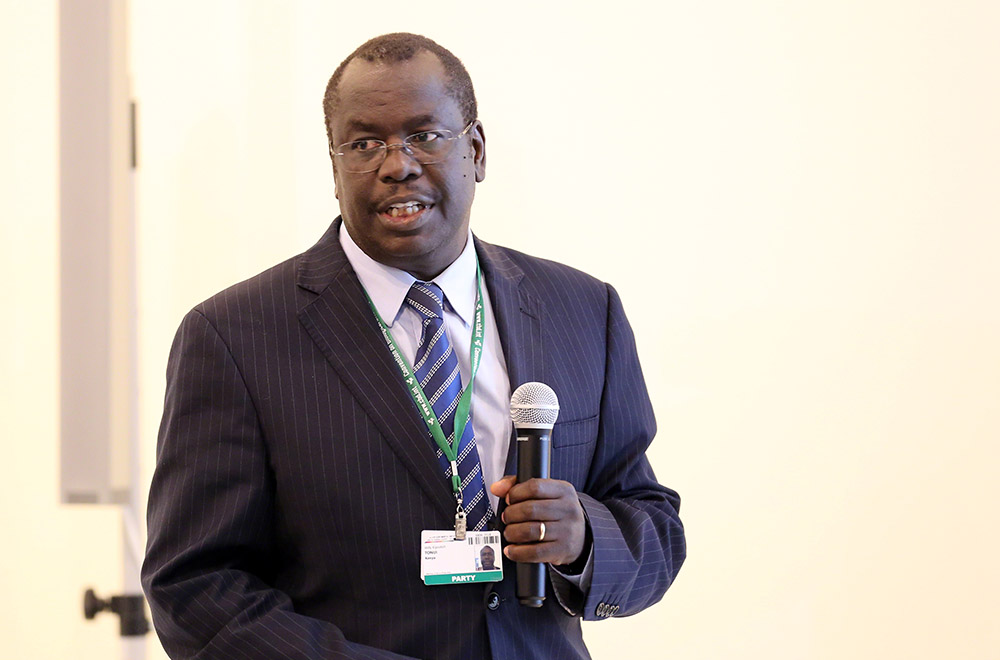
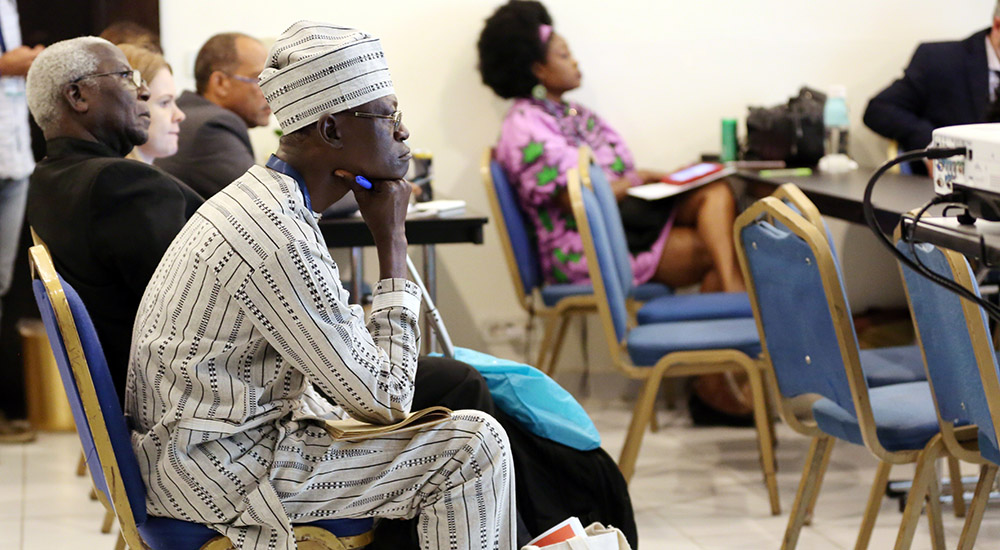
Around the Venue
